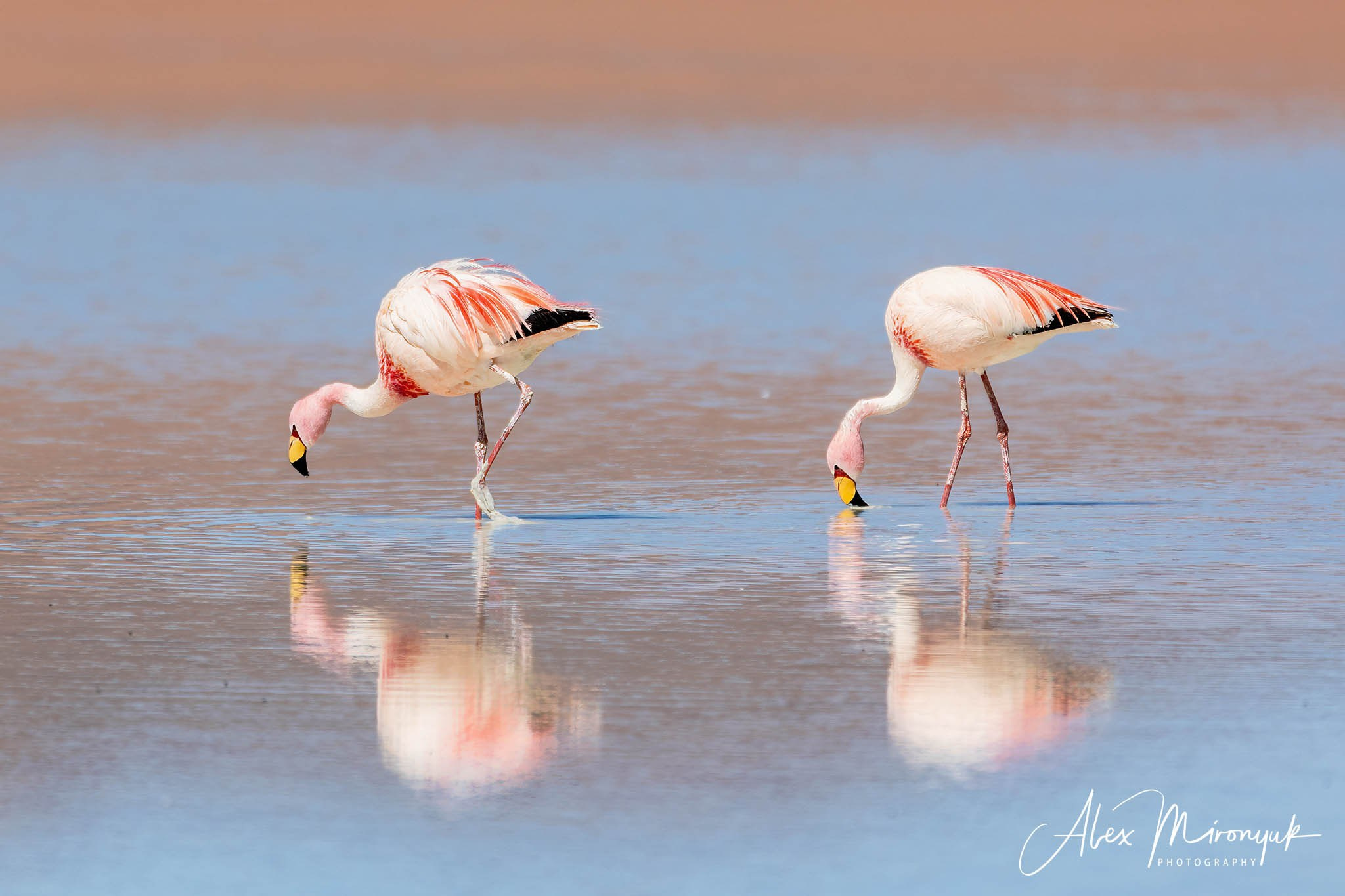Bolivia Adventure
March 16 — 26, 2025
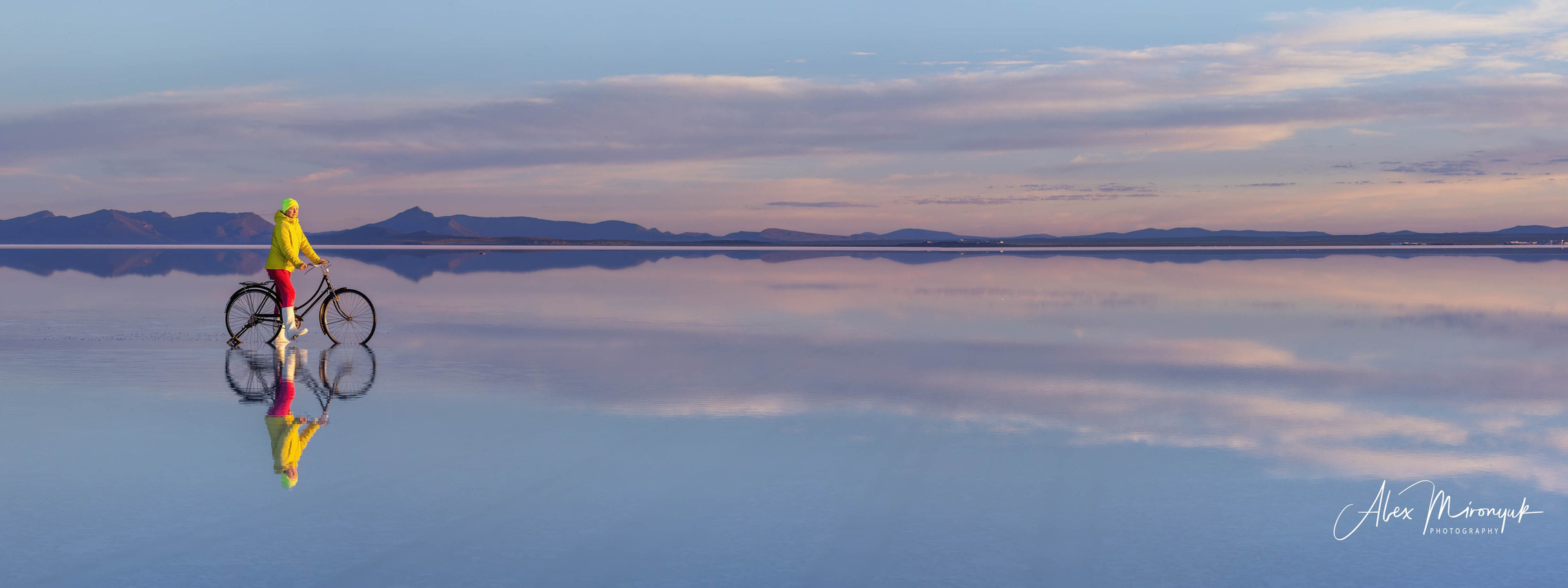
Tour start — Sucre, Bolivia
Tour finish — Uyuni, Bolivia
Dates: March 16 — 26, 2025
Price:
- Early Bird (before 07/01/2024 — $3600 per participant
- Regular — $3800 per participant
- Single Lodging + $650
Group size — limit: 10 participants
Instructor: Alex Mironyuk
Tour’s Highlights
On this tour, we are going to the most unique and fascinating places on Earth.
Our trip begins in the capital of Bolivia — Sucre. We will spend two days here to acclimate to a high altitude and continue our acclimatization in Tupiza, often called the wild-wild West of Bolivia, referred to as its USA counterpart — Arizona.
Most of the time in Bolivia, we will spend on Bolivian Altiplano (highlands) with elevations around 4200-4800 meters. We will visit different deserts, colorful, salty lagunas full of wildlife, thermal natural wonders, etc.
We will spend one and a half days on the most extensive salt flats in the world — Salar De Uyuni. Even in April, when the usually rainy season is over, it is possible to find a part of this salt flat covered with a thin layer of water.
Traveling to Bolivia can be an excellent opportunity to see the regular daily life of Bolivian people. Bolivia is a culturally rich and diverse country with many indigenous communities with unique traditions and lifestyles.
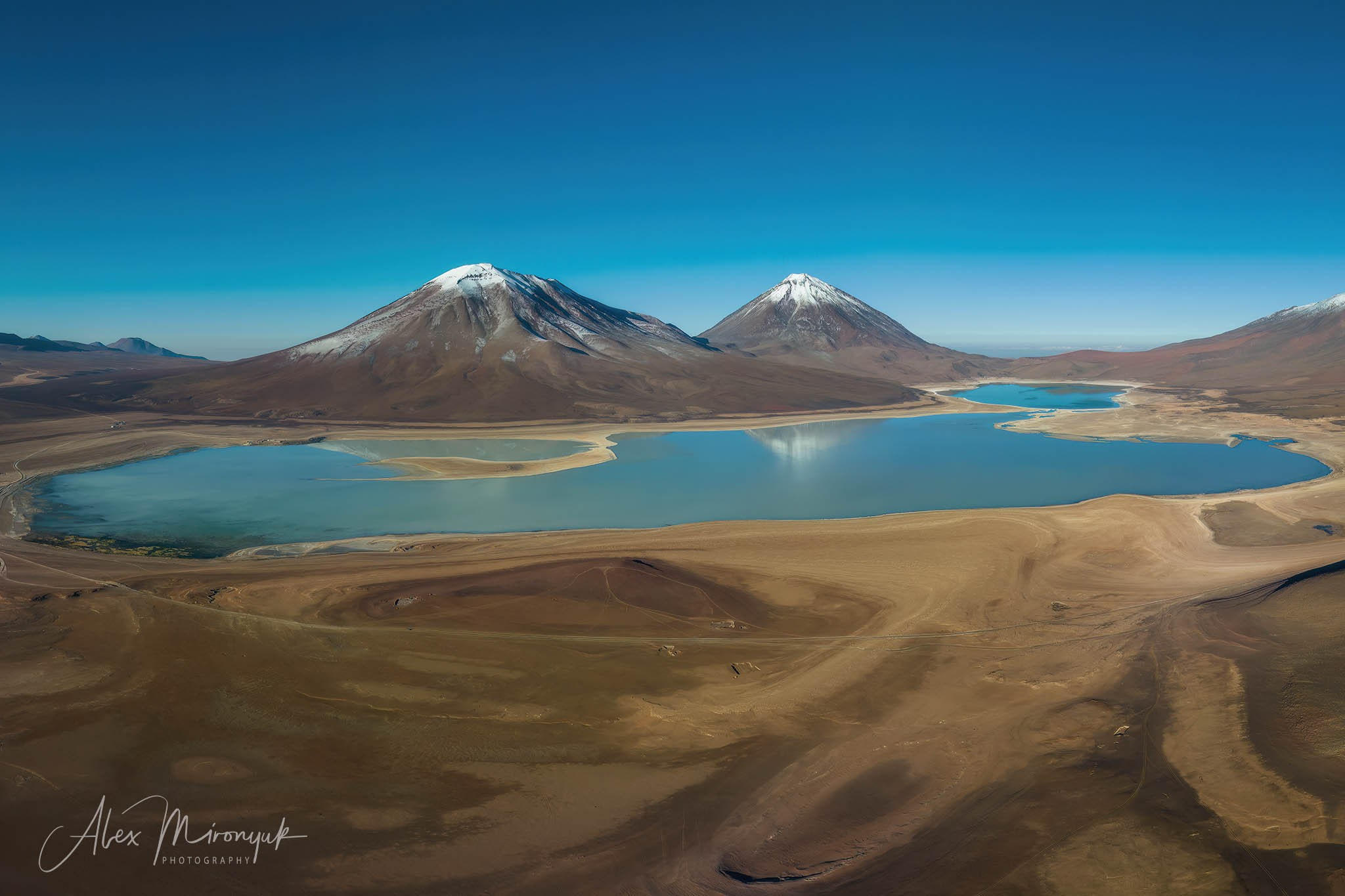
Physical Difficulty: Moderate. This Tour Involves some physical activities at a high altitude. The average day hikes would be less than 3-4 miles.
Fitness Level: Like any outdoor activity, a reasonable degree of fitness is ideal. We will not be engaging in any strenuous physical activity.
Weather: Participants must be prepared for a temperature range from 20°F to 60°F. Even if we are not traveling during the rainy season, participants must be designed for rainy and especially windy weather conditions.
Transportation: Included in the tour price except for the flights to and from Bolivia and transfer from Sucre airport to the hotel. On Altiplano, we will have comfortable Toyota Land Cruisers (or similar) SUVs and travel by up to 3 passengers per car + a driver.
Lodging: The Tour’s price includes hotels, hostels, and simple refugees. See the pictures at the bottom of this page, which represent how this simple lodging looks.
Meals are not included in the tour price except for traveling on Altiplano. See the Itinerary for more details.
How to Adjust to Altitude: — read the article at the bottom of this page. In two words: you must start taking ACETAZOLAMIDE 250 mg (or 2×125 mg pills) 3 days before that trip and every day in Bolivia.
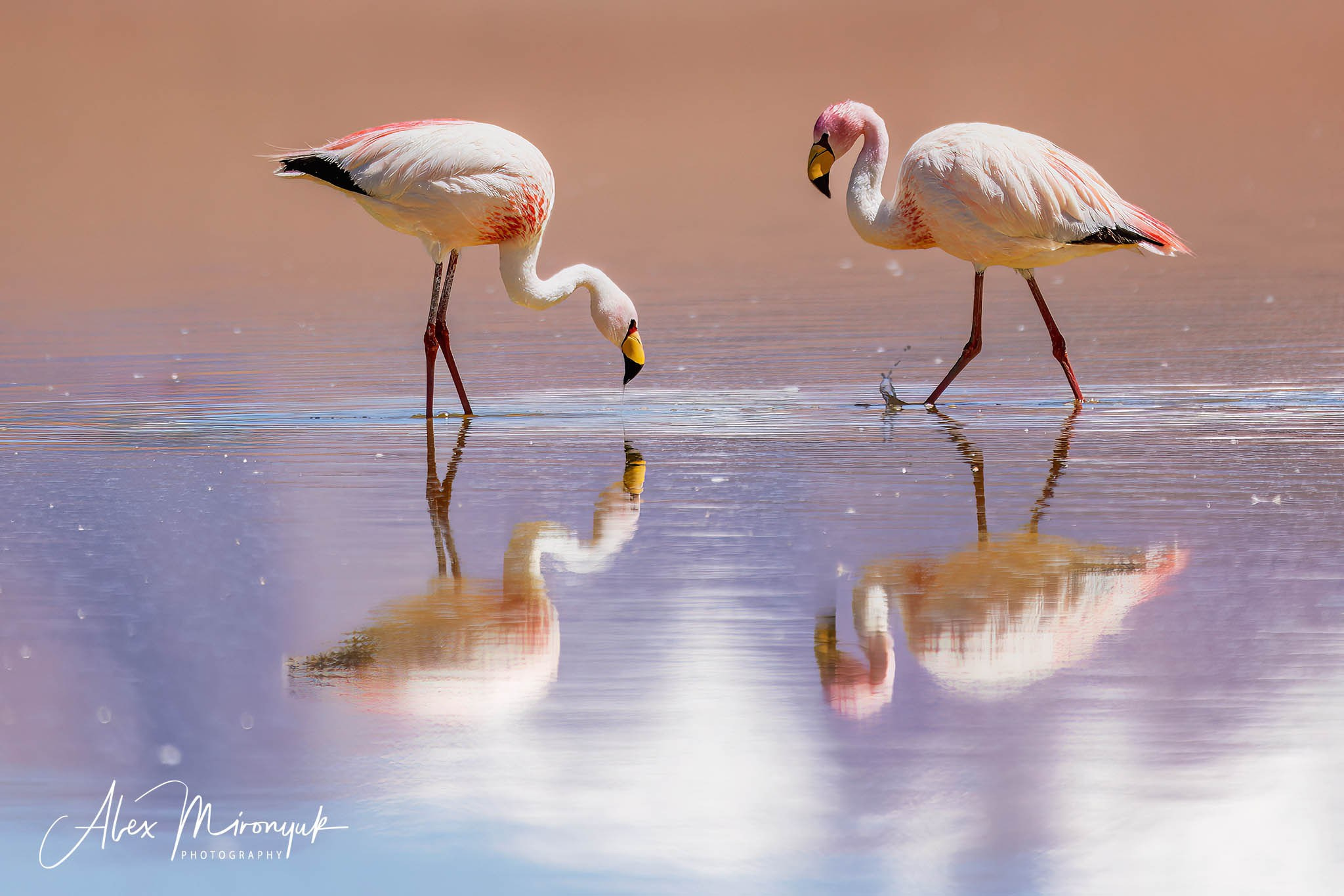
Airports: Sucre (Bolivia).
There are few options for getting to Bolivia (especially in Sucre) due to only the local Bolivian company Boliviana de Aviación or BoA operating most of the flights. After some research, we found that the flight from Miami International Airport (MIA) is the most reliable option to fly to Bolivia. The most convenient flight departs from MIA at 10 PM. So you can have a lot of opportunities to get to MIA by this time from any city in the USA.
The returning flight from La Paz to Miami arrives early morning, and you still have plenty of time to fly anywhere from MIA that day.
Another option to be considered is to arrive in La Paz (Bolivia) and buy a separate ticket to fly to Sucre with Boliviana de Aviación or BoA. There are several local flights at different times, averaging $52 to $85 per passenger.
Itinerary
Day 1
March 16, Sunday.
We are arriving in Sucre, the country’s constitutional capital. Founded in 1538, Sucre is one of the oldest cities in South America and is known for its well-preserved colonial architecture, charming streets, and rich cultural heritage.
Self-transfer to hotel.
Evening walk in Sucre, Dinner
Included: hotel in Sucre
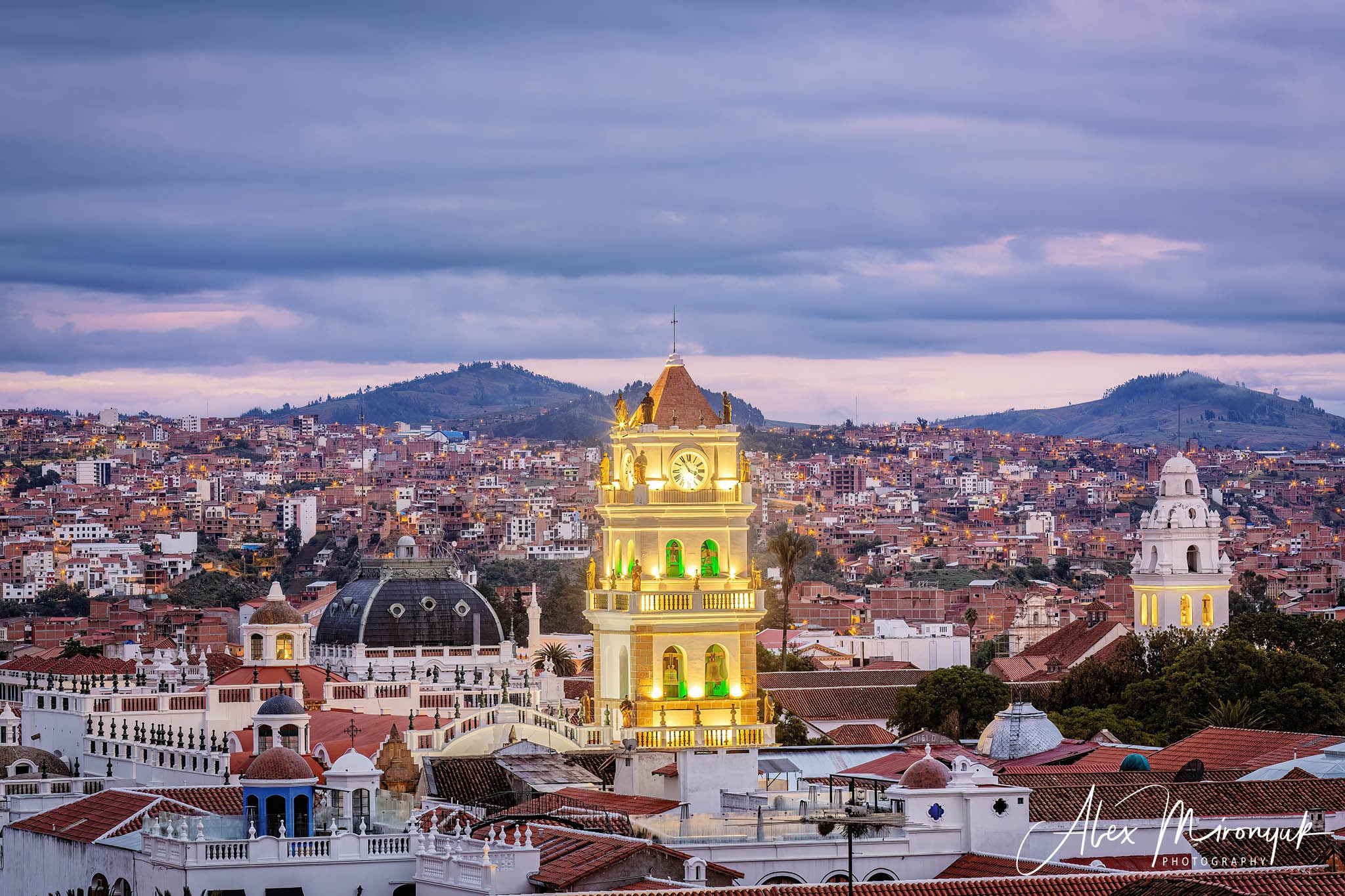
Day 2
March 17, Monday.
All day we will spend in Sucre.
The city’s historic center has been designated a UNESCO World Heritage site. It has numerous architectural gems, including the La Recoleta Church and Convent, the Casa de la Libertad Museum, and the Metropolitan Cathedral. We will stroll through the narrow streets, admire the ornate facades of the buildings, and explore the many museums and galleries that showcase the city’s history and art.
Night in Sucre
Included: hotel in Sucre.
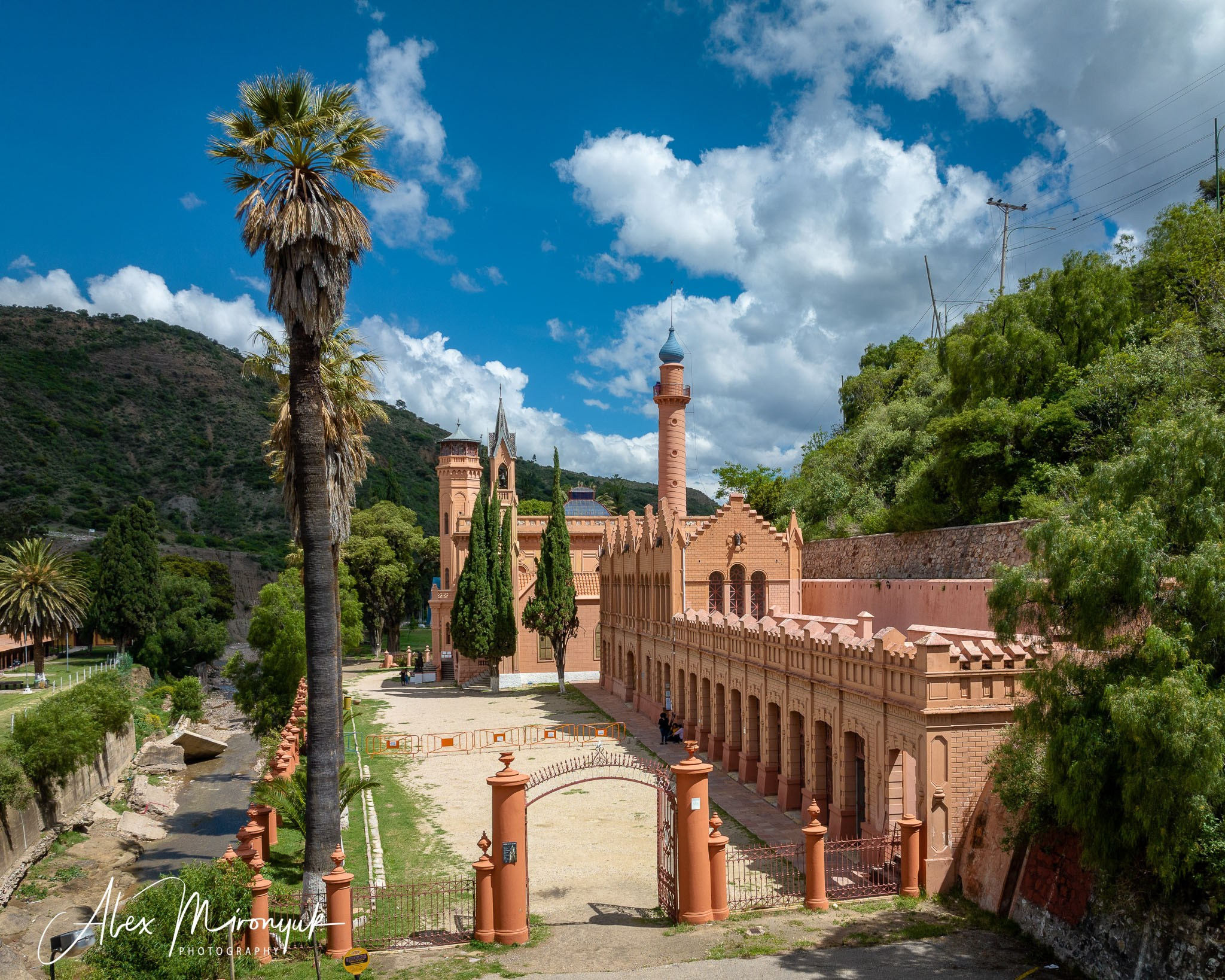
Day 3
March 18, Tuesday.
We were leaving our hotel close to noon and meeting our local Bolivian guides with SUVs. And we will drive in our comfortable SUVs toward the city of Tupiza.
We will stretch our legs on the way, stopping in the city of Potosi.
In the late evening, we will check in to our hotel.
Included: transportation to Tupiza, English guide, hotel in Tupiza

Day 4
March 19, Wednesday.
This is the last full day of our high-altitude adaptation. We will spend the day around Tupiza, which is about 3000 meters above sea level.
Early in the morning, we will stay at Devil’s Door (Puerta Del Diablo) — the natural gates to the red mountains Cordillera de Chicas to meet the first sun rays. Later, we will walk deep into the impressive Cañón del Inca with tall red spires on both sides of this impressive gorge.
We will check out another gorgeous rock formation in the afternoon, El Sillar. The Sillar is a fantastic vista between two different valleys overhung by two high peaks. There is a 360° view of the surroundings. Cliffs seem to be carved in the shape of needles, and colors are shining: the red of rocks, the green of hills, the ochre of needles and mountain peaks, and the cream color of the sand in the ravine. First, we will walk it at the bottom, and during the golden hour, we will climb to a spectacular viewpoint the way above El Sillar to see these spires at sunset.
Included: transportation in Tupiza, English guide, hotel in Tupiza
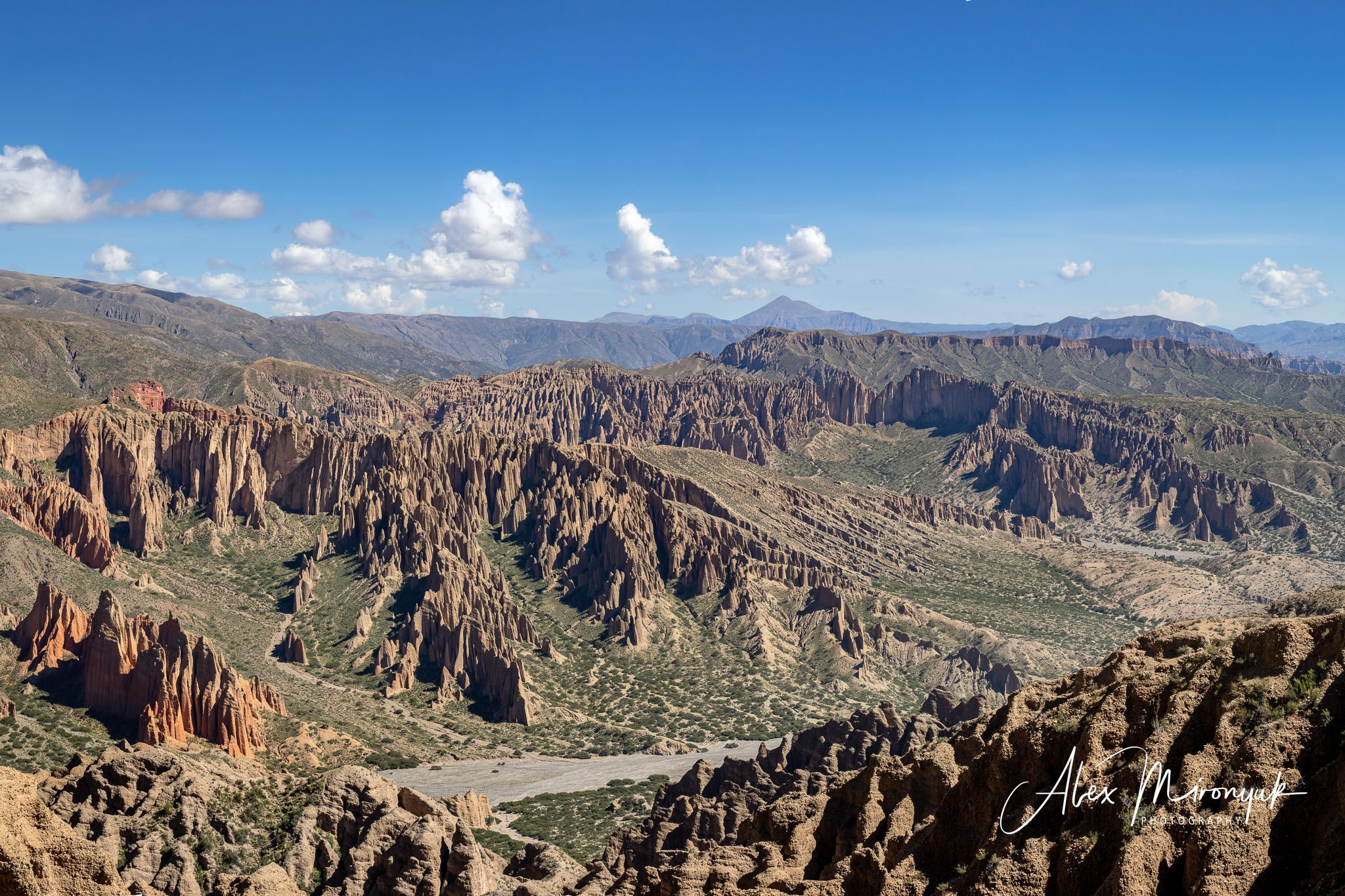
Day 5
March 20, Thursday.
We were leaving our hotel early in the morning. Today, we will start climbing the Bolivian Altiplano. First of all, we again will pass the Sillar and several more viewpoints along the winding road, climbing higher and higher. Here, on these colorful hills, we can see a lot of lamas, vicunas, and even Bolivian ostriches.
We will have lunch in the small village of Polulos. We will spend about an hour learning how Bolivians live in these remote rural areas.
We will stop at Ciudad Encanto’s remote fantastic badlands basin in the afternoon. We will spend an hour or two wandering around mounds and hoodoos and taking pictures of this seldom-visited area.
Night in Polulos or in San Pablo De Lipez.
Included: transportation in Tupiza, an English guide, and refugees in San Pablo De Lipez or in Polulos.
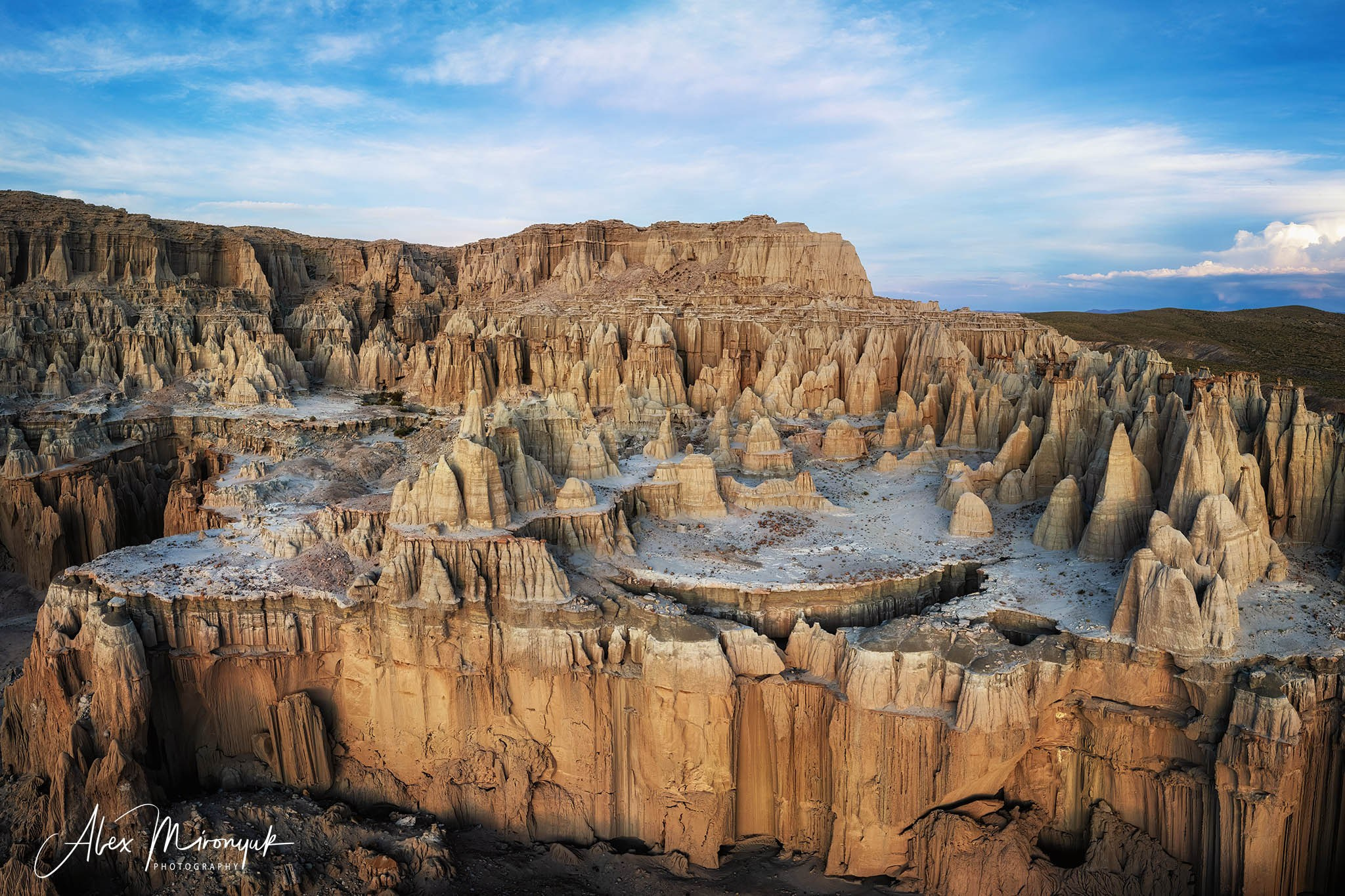

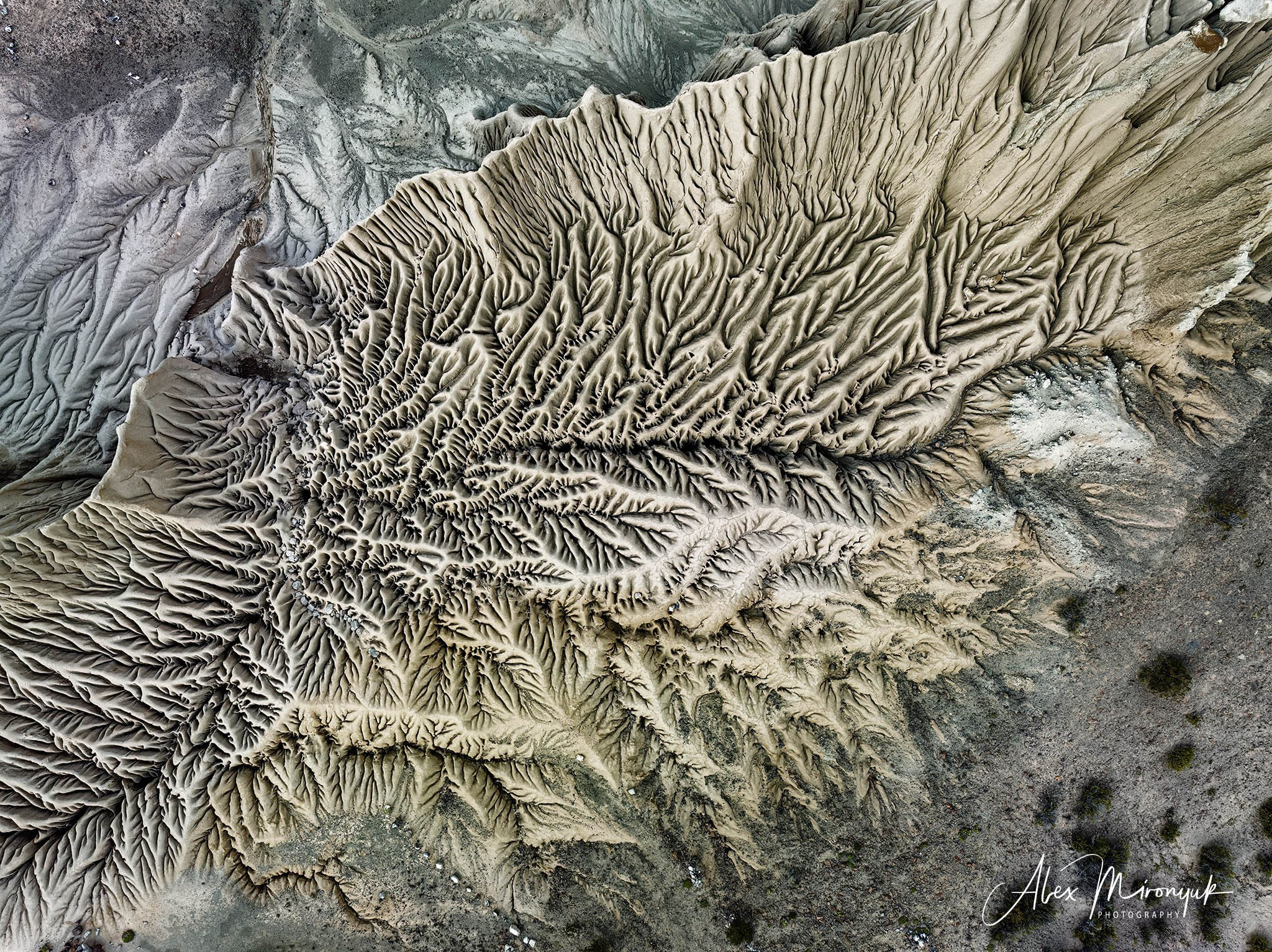

Day 6
March 21, Friday.
After breakfast, we will drive toward the Cordillera de Lípez mountain range. The Cordillera de Lípez is a part of the Andes mountain range and is known for its stunning landscapes and unique geology, which includes volcanic formations and colorful mineral deposits. We will get deep into this range and eventually will get to Guadalupe. This small, remote Bolivian village has limited service and touristic infrastructure. Ten years ago, just seven tourists were spotted there. In 2017, this village had already seen 70 strangers. It looks like during the COVID-19 pandemic, they didn’t see any tourists at all.

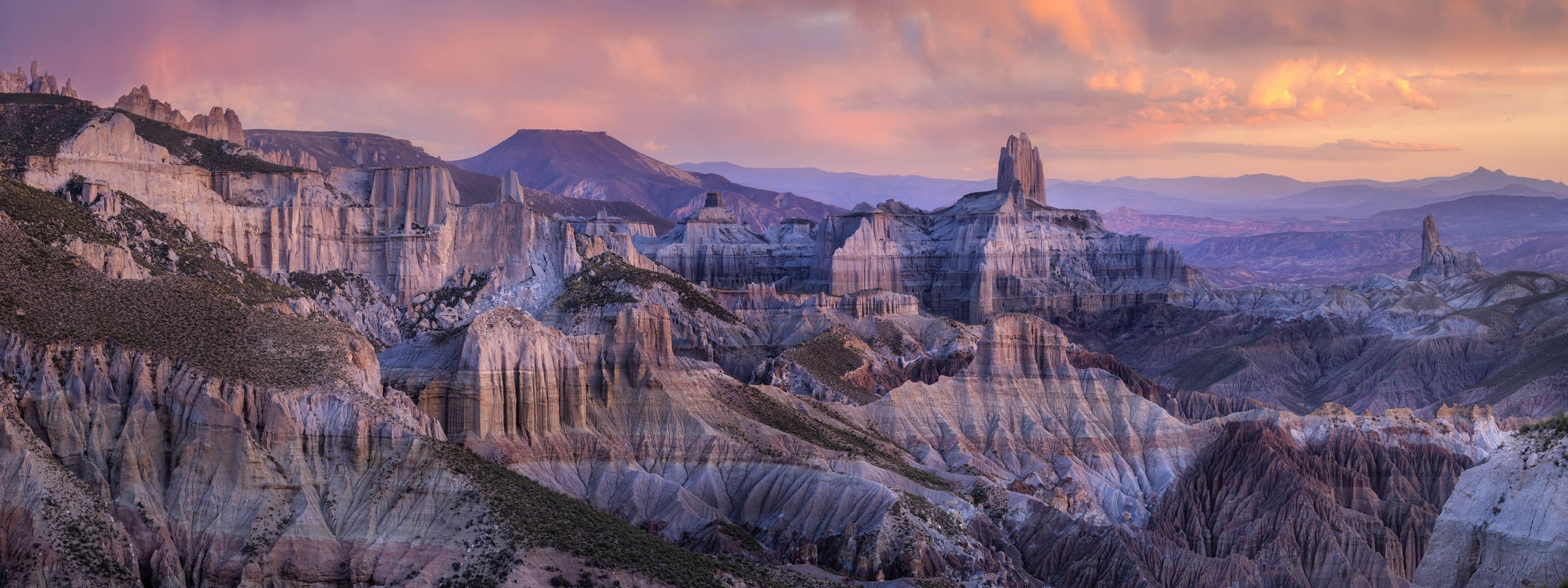
This village is the gate to a remote geological area in the mountains near the Bolivian-Argentina border — Ciudad de Roma (Rome’s ruins) with endless photographic potential.
We will drive an extreme 4×4 road for about an hour to get to our trailhead.
We will hike for about 1.5 — 2 miles with approximately 500' elevation loss to a stunning viewpoint with a breathtaking view.
As soon as we return to our cars, we will return to our refugee in San Antonio De Lipez or Guadalupe and have dinner.
Lodging — refugee in San Pablo De Lipez or Guadalupe.
Included: breakfast, lunch, dinner, water, fruits, car 4×4, English guide, and refugee in San Pablo De Lipez or Guadalupe

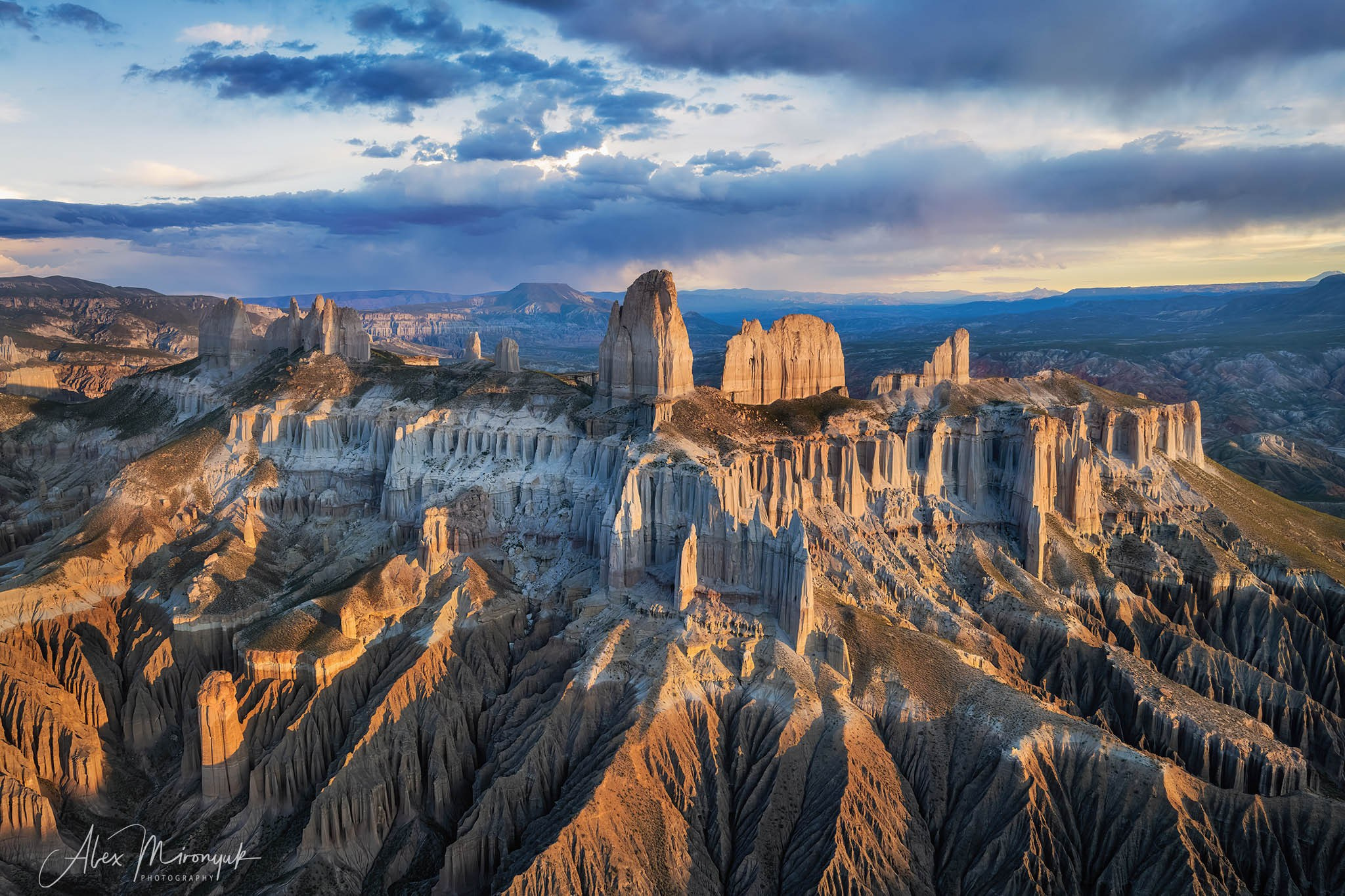

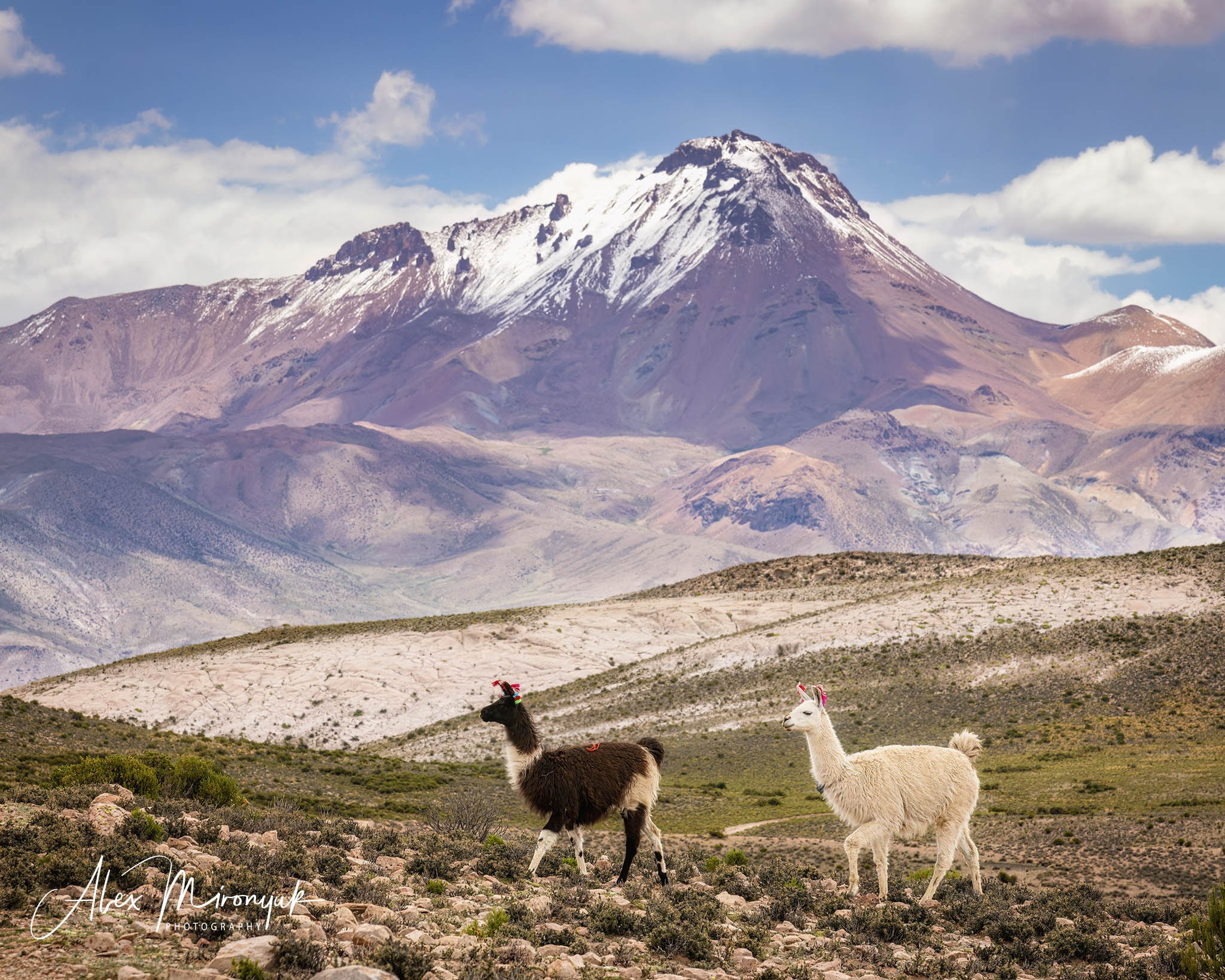
Day 7
March 22, Saturday.
Today will be a very long day with many hours of driving.
After breakfast, we will go through the mountains toward National Reserve Eduardo Avaroa.
Our first stop today would be San Antonio de Lipez ghost town, which lies at 15,610 ft altitude. It was once a thriving mining town known for its rich deposits of silver, tin, and other minerals. However, after the collapse of the mining industry in the mid-20th century, the town was gradually abandoned by its inhabitants, leaving behind a hauntingly beautiful and eerie landscape.
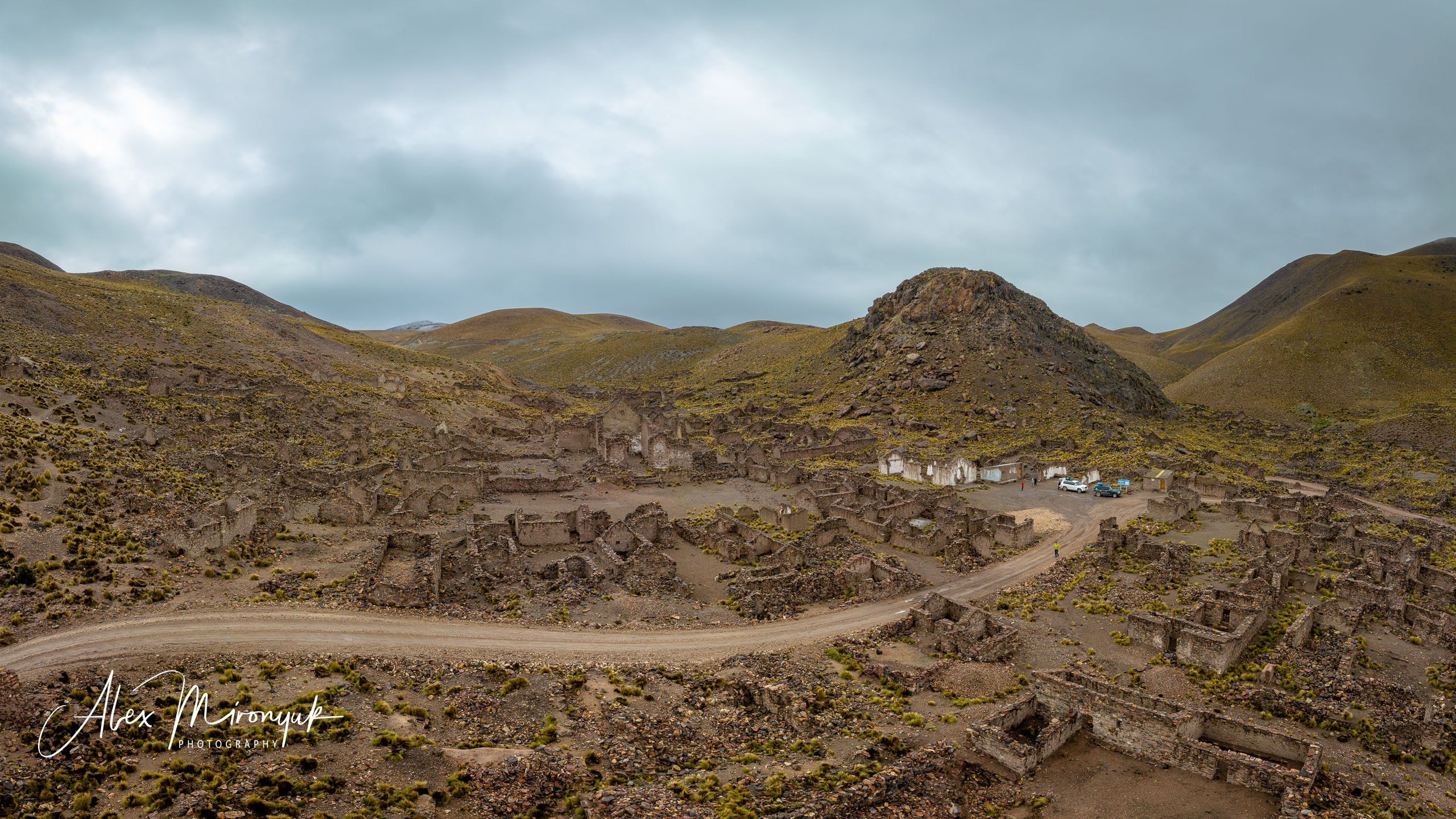
On our way, we will stop next to beautiful Laguna Morijon. The lake is approximately 4,700 meters above sea level, surrounded by dramatic snow-capped peaks and rugged terrain.
Afternoon, we will get into the National Reserve Eduardo Avaroa, where we will spend the next few days. This is the high desert plateau in the Andes Mountains. The reserve is situated in the Andean highlands at an altitude of 4,000 to 6,000 meters above sea level. It is known for its stunning landscapes, including snow-capped mountains, geysers, hot springs, and colorful lagoons. The reserve is home to various wildlife, including vicuñas, llamas, alpacas, Andean foxes, condors, flamingos, and other bird species.
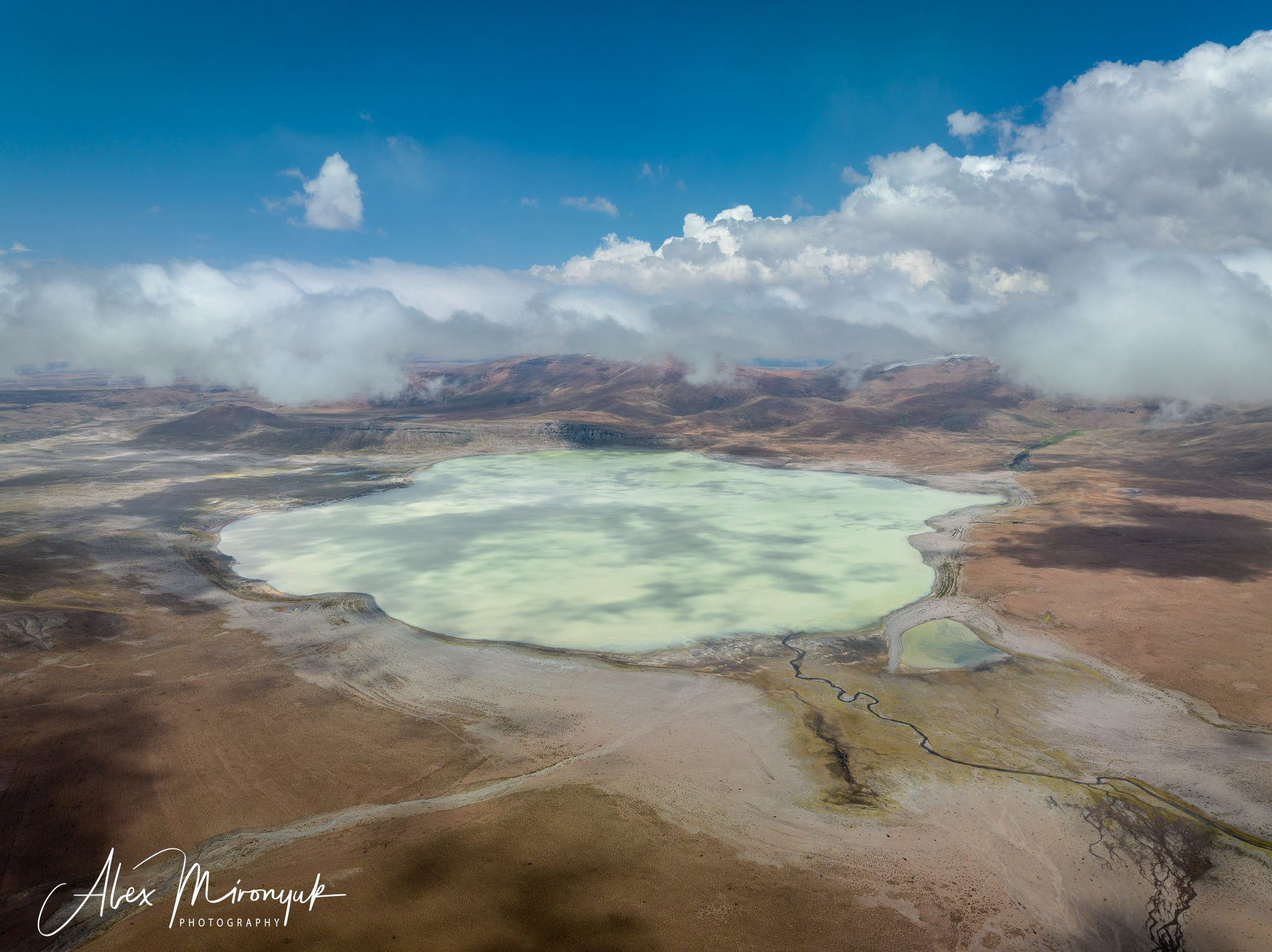
Late afternoon, we will drive to the Dali Desert. It is named after the famous Spanish artist Salvador Dali, known for his surreal and dreamlike landscapes, which bear some resemblance to the otherworldly scenery in this area.
We will stay in Refuge in Polques next to two natural hot springs, where we can relax at the end of the day.
Lodging: Refuge in Polques
Included: breakfast, lunch, dinner, water, fruits, car 4×4, English guide, hostel private — triple, double, or single rooms.
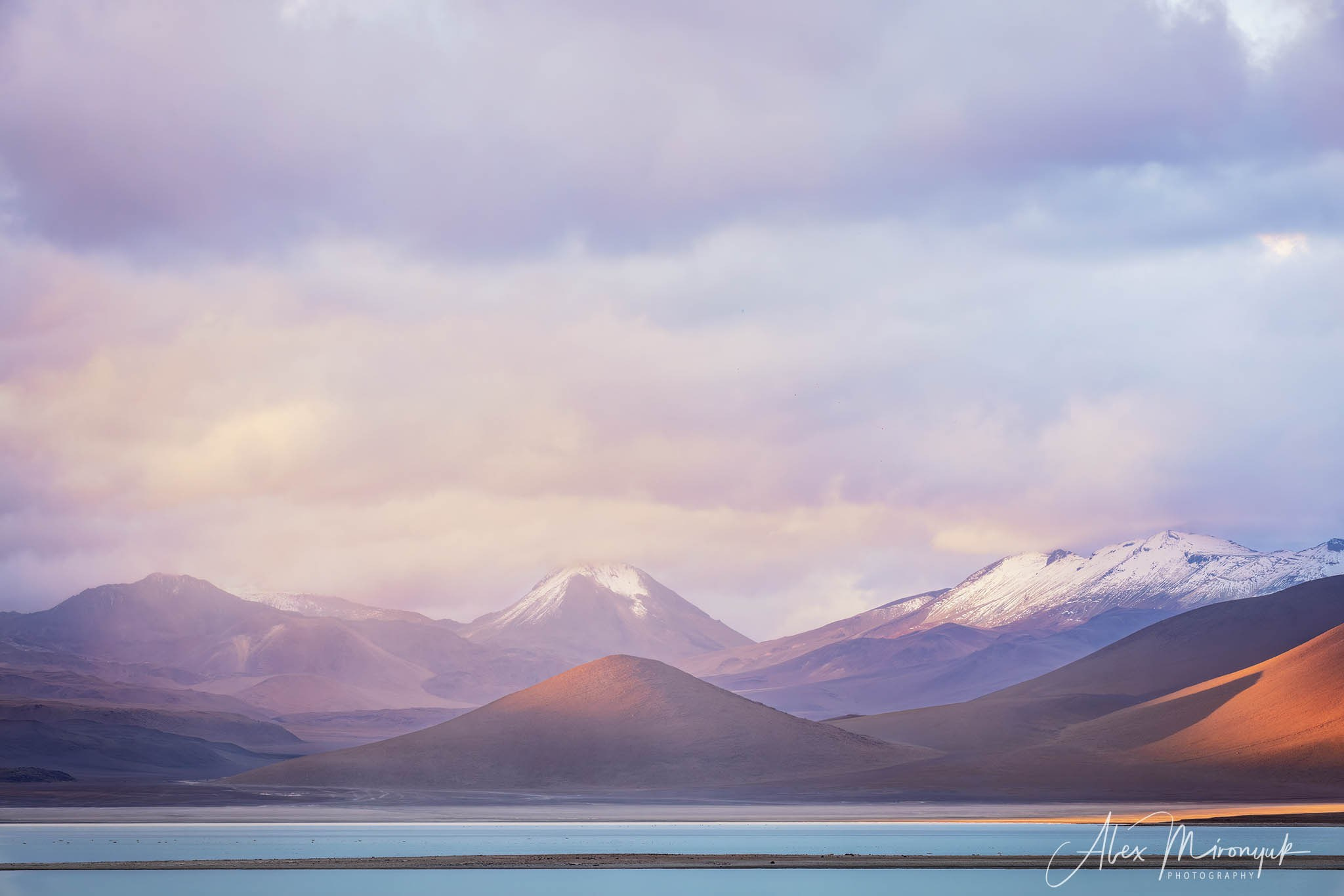
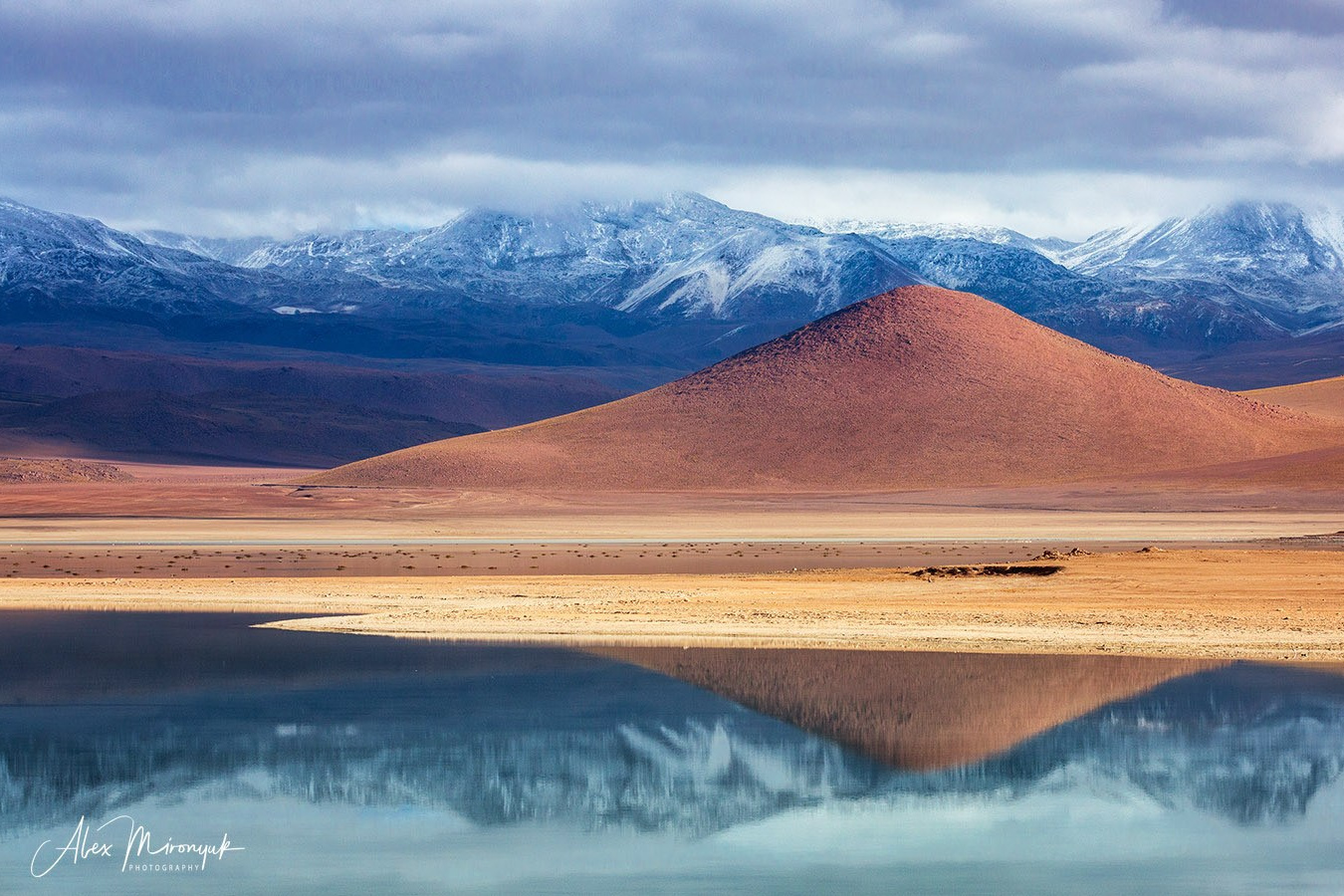
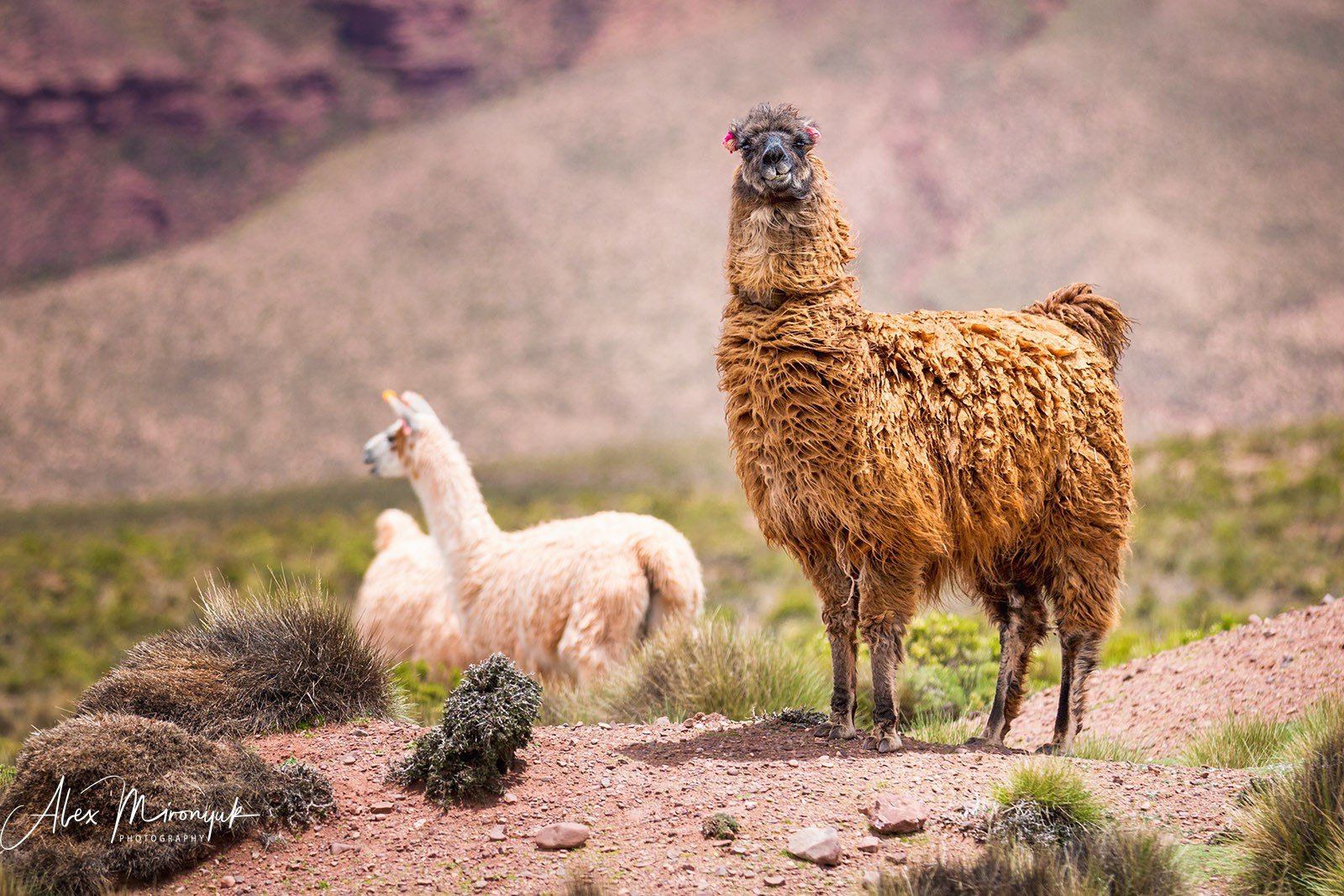

Day 8
March 23, Sunday
For sunrise, we will go to GEISERS SOL DE MAÑANA near the border with Chile. It will be the highest point on our trip—we will be at 16000 feet (4900 meters), but on our way, we will reach a mark of 5000 meters above sea level! This basin is one of the highest geothermal fields in the world!
The geysers are typically most active in the early morning when the temperature contrasts between the air and the geothermal features are most pronounced.
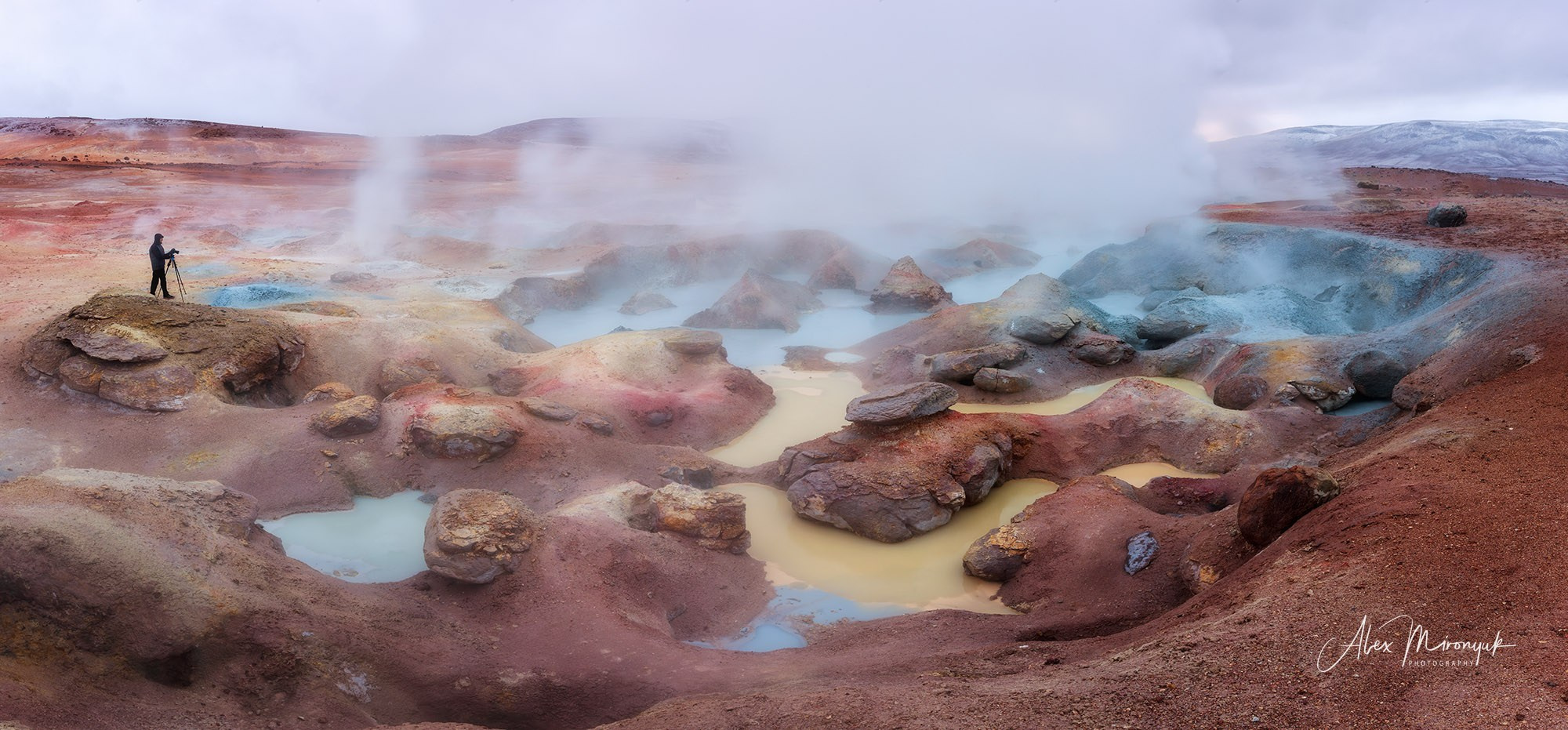
Later in the morning, we will go to Laguna Verde and Laguna Blanca to see the snow-capped Volcan Licancabur reflected in this vast salty lake.
After breakfast, we can relax at the hot springs for an hour or two. If we are lucky, we may see some flamingos around.

Afternoon, we will visit Laguna Colorada with reddish water. This is one of the most amazing pink lagunas, with hundreds (or even thousands) of pink flamingos along the shoreline. Believe it or not, this time of the day is the best to take pictures there if we want to capture the most vivid colors of Laguna Colorada and surrounding mountains.
This day, one more time, we will get a chance to enjoy the scenery around Laguna Colorada at sunset.
OVERNIGHT Huayllajara — Refuge.
INCLUDED: breakfast, lunch, dinner, water, fruits, tickets for the National Reserve Eduardo Avaroa, car 4×4, English guide, refuge private — double or single rooms.

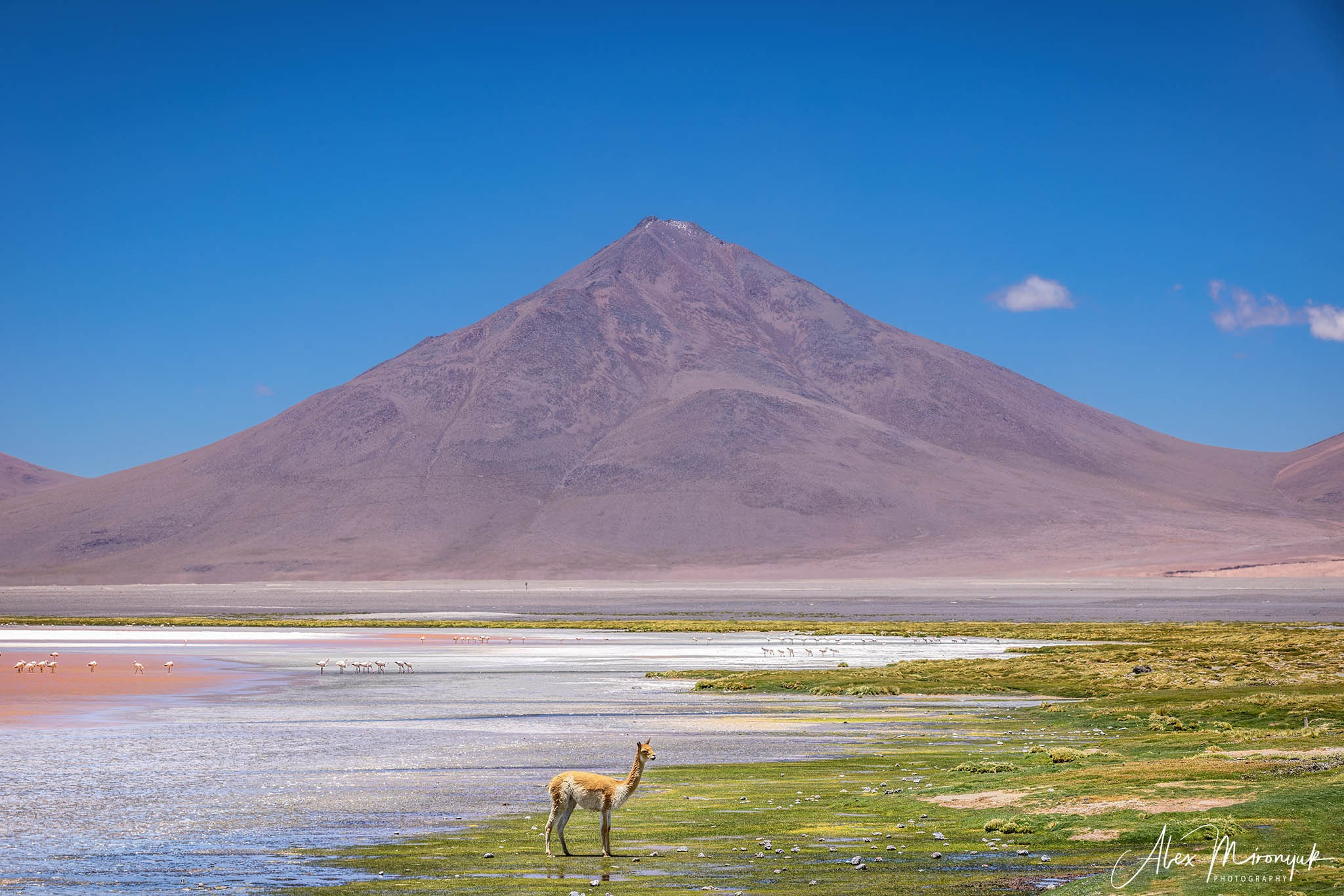


Day 9
March 24, Monday.
This will be another very busy day with a very long drive, so early in the morning (after breakfast), we will start driving toward the biggest salt flat in the world — Salar De Uyuni.
We quickly stop at Desierto de Siloli to see some unique hoodoos in árbol de Piedra, surrounded by the Andes.
Our next stop will be in the surroundings of Laguna Kara. The area around Laguna Kara is known for its stunning natural beauty, with snow-capped peaks, rugged terrain, and sweeping views of the surrounding landscape. The lake is surrounded by high rocky cliffs and is fed by glacial meltwater from the nearby mountains. Laguna Kara, as its counterpart Laguna Colorada, is home to hundreds of pink flamingos. Also, 10 minutes away, we can get to a vast sand dunes area, which can be a great photo subject.
By the end of the day, we will get to the small city of Colchani — the gateway to the Salar de Uyuni. Hopefully, we will not arrive too late to see a fantastic sunset over the Salar.
Lodging — hostel in Colchani.
INCLUDED: breakfast, lunch, dinner, water, fruits, car 4×4, English guide, hostel private — double or single rooms.
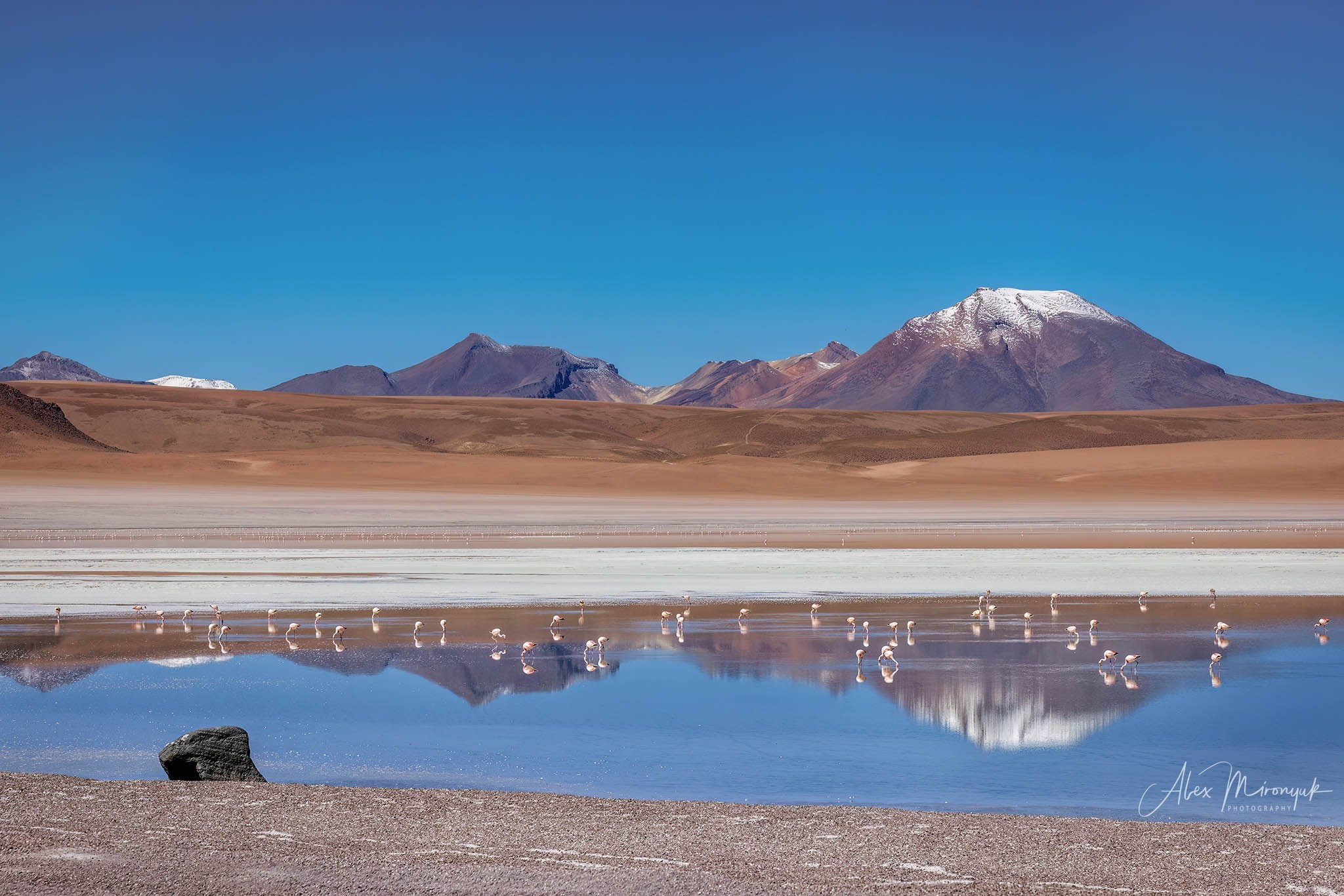
Day 10
March 25, Tuesday.
From sunrise to sunset, we will spend the whole day at the biggest salt flats in the world—Salar De Uyuni. If weather permits, we will visit one of the most famous tourist attractions in the area—Cactus Island, which is covered in giant cacti, some of which are estimated to be over a thousand years old, in the middle of the salt flats.
Lodging — hostel in Colchani.
INCLUDED: breakfast, lunch, dinner, water, fruits, car 4×4, English guide, hostel private — double or single rooms.
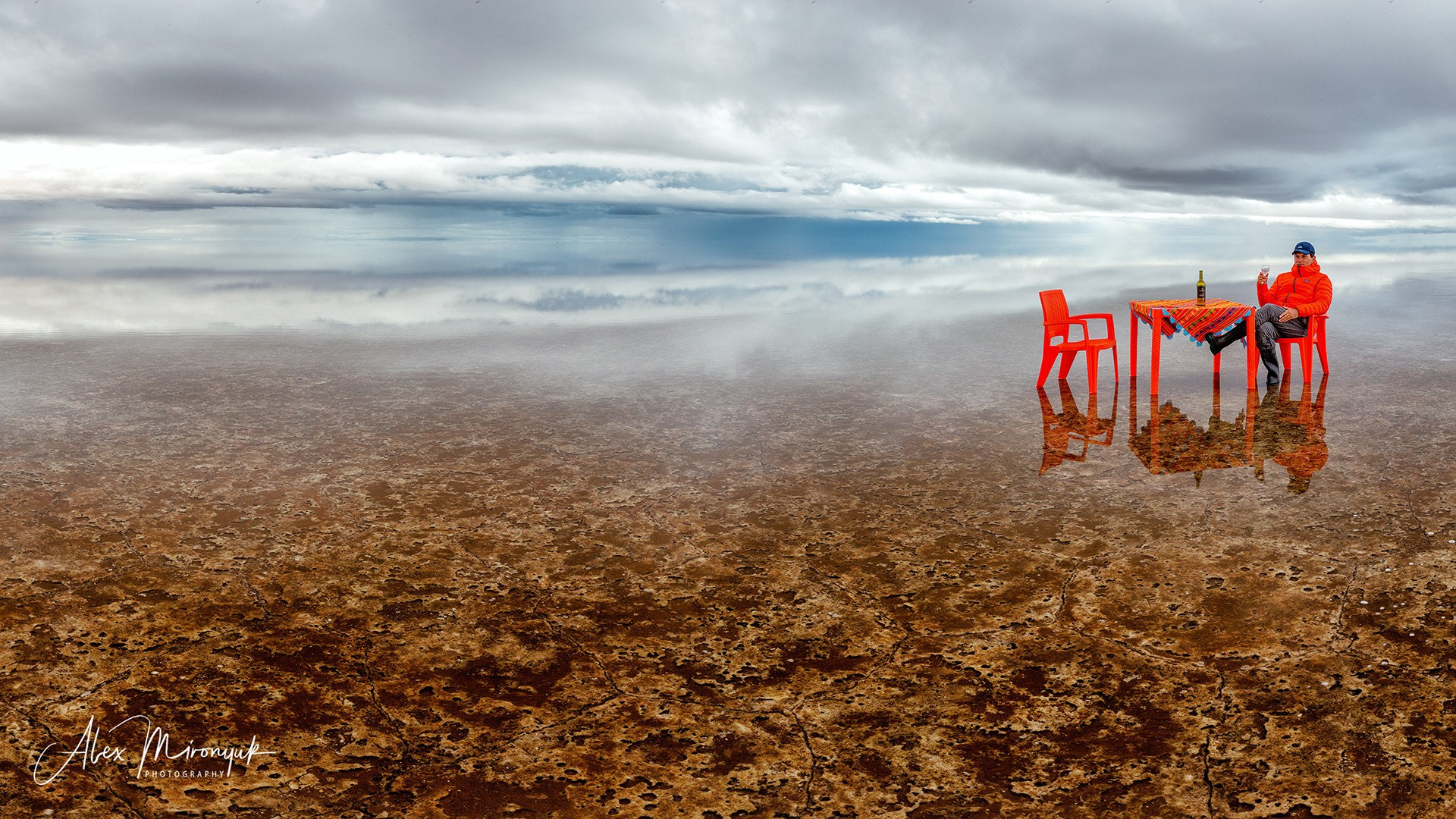
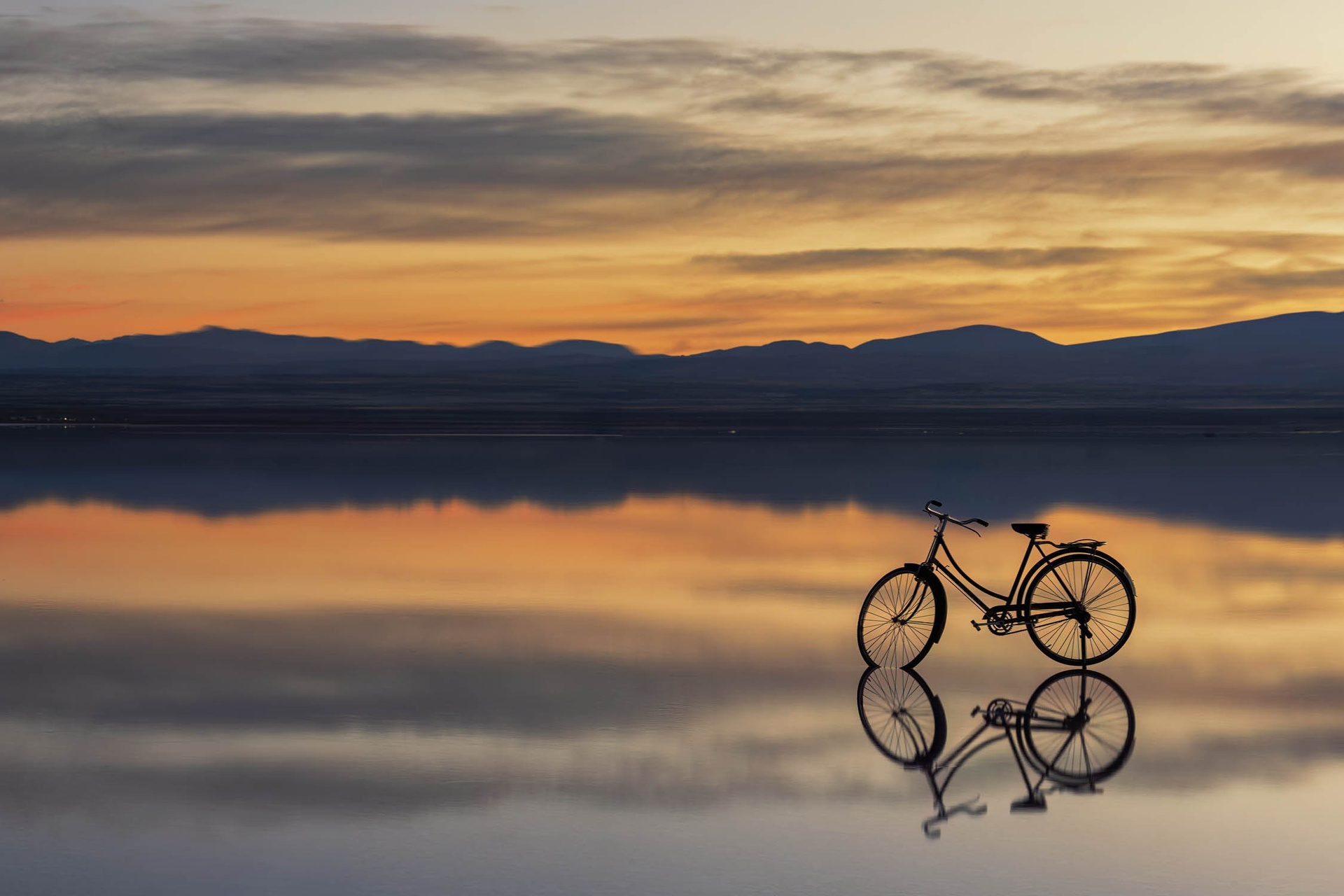
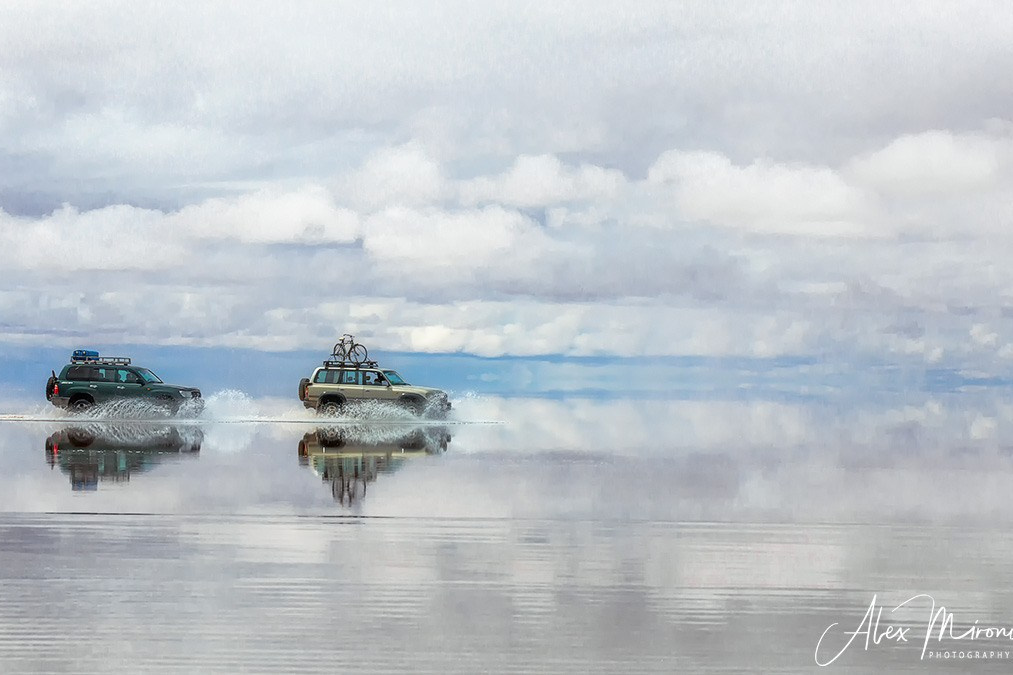
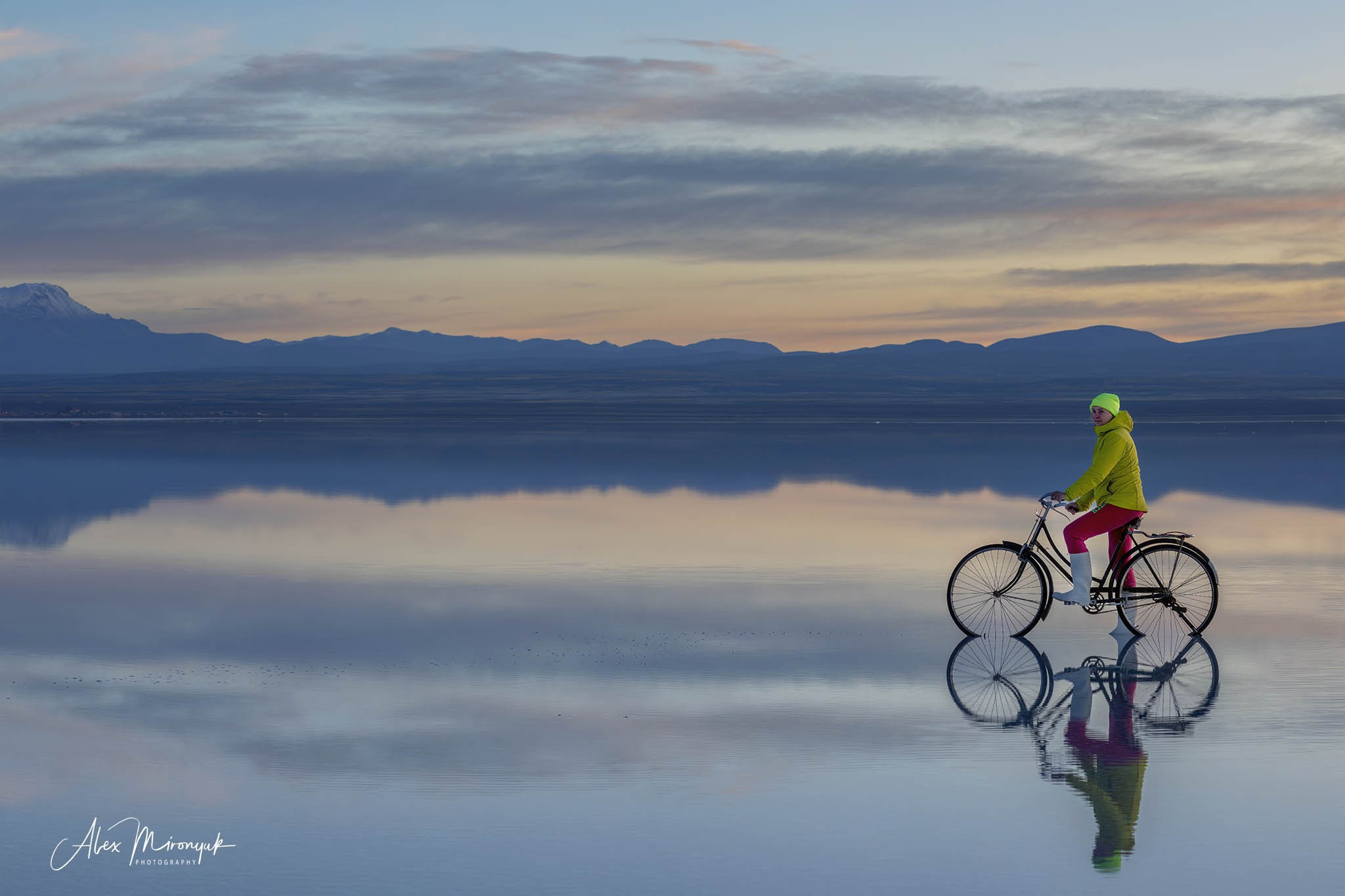
Day 11
March 26, Wednesday.
We will arrive at Uyuni Airport this morning for our flight to Santa Cruz, which will have a layover in La Paz.
We will say goodbye to our fantastic local guides at the airport. Trust me—they are the best guides in Bolivia!
Here at the airport, our trip will be officially over.
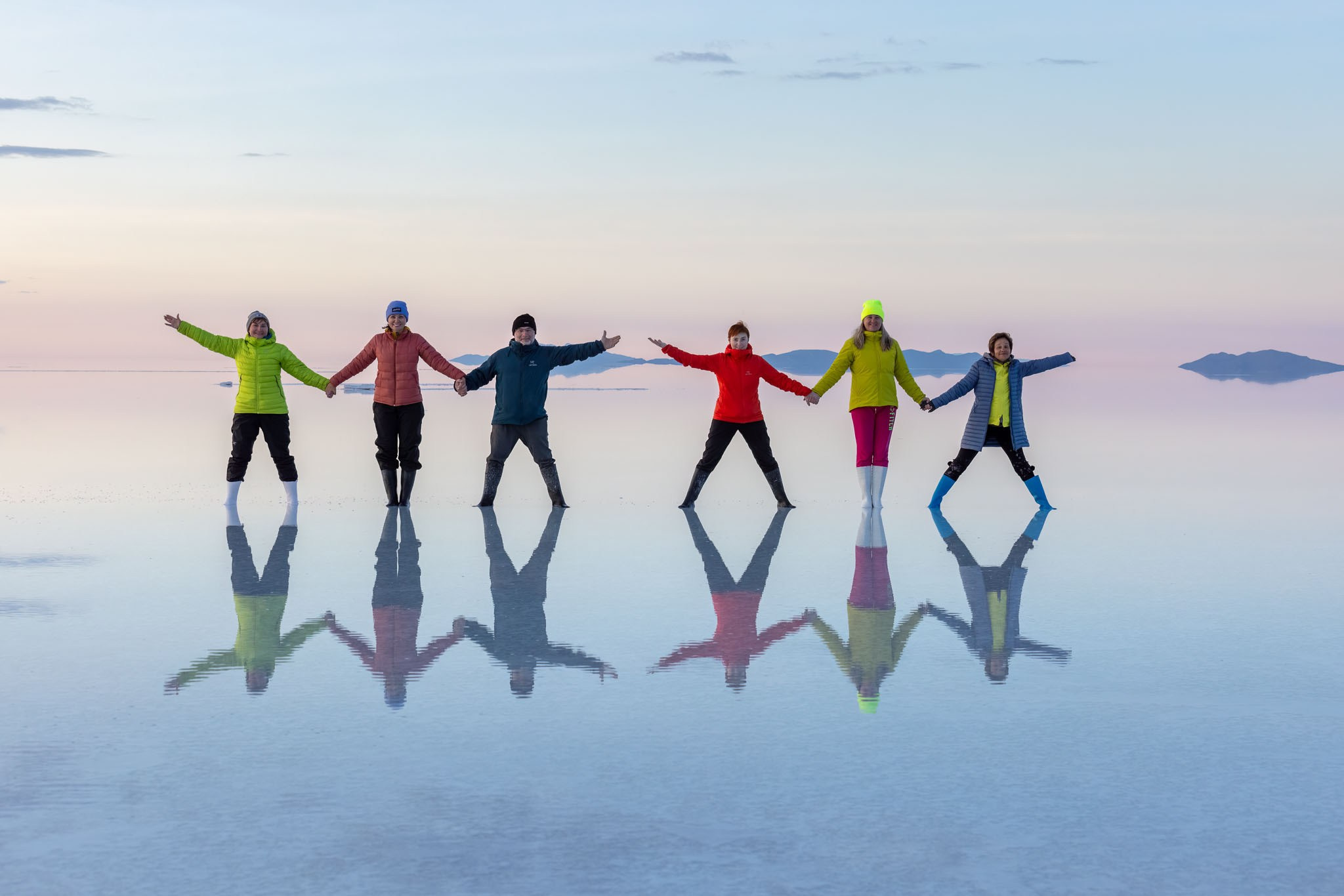
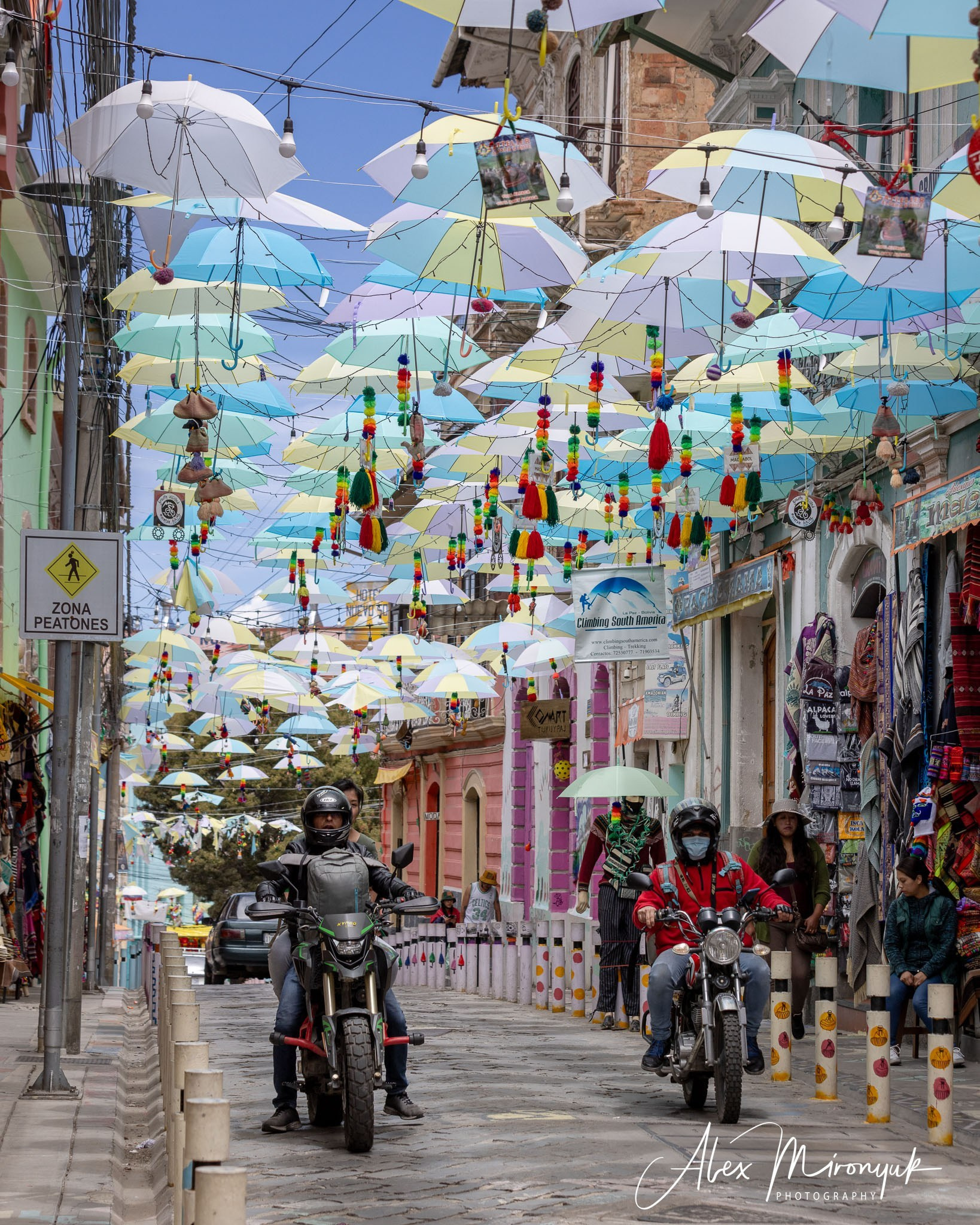

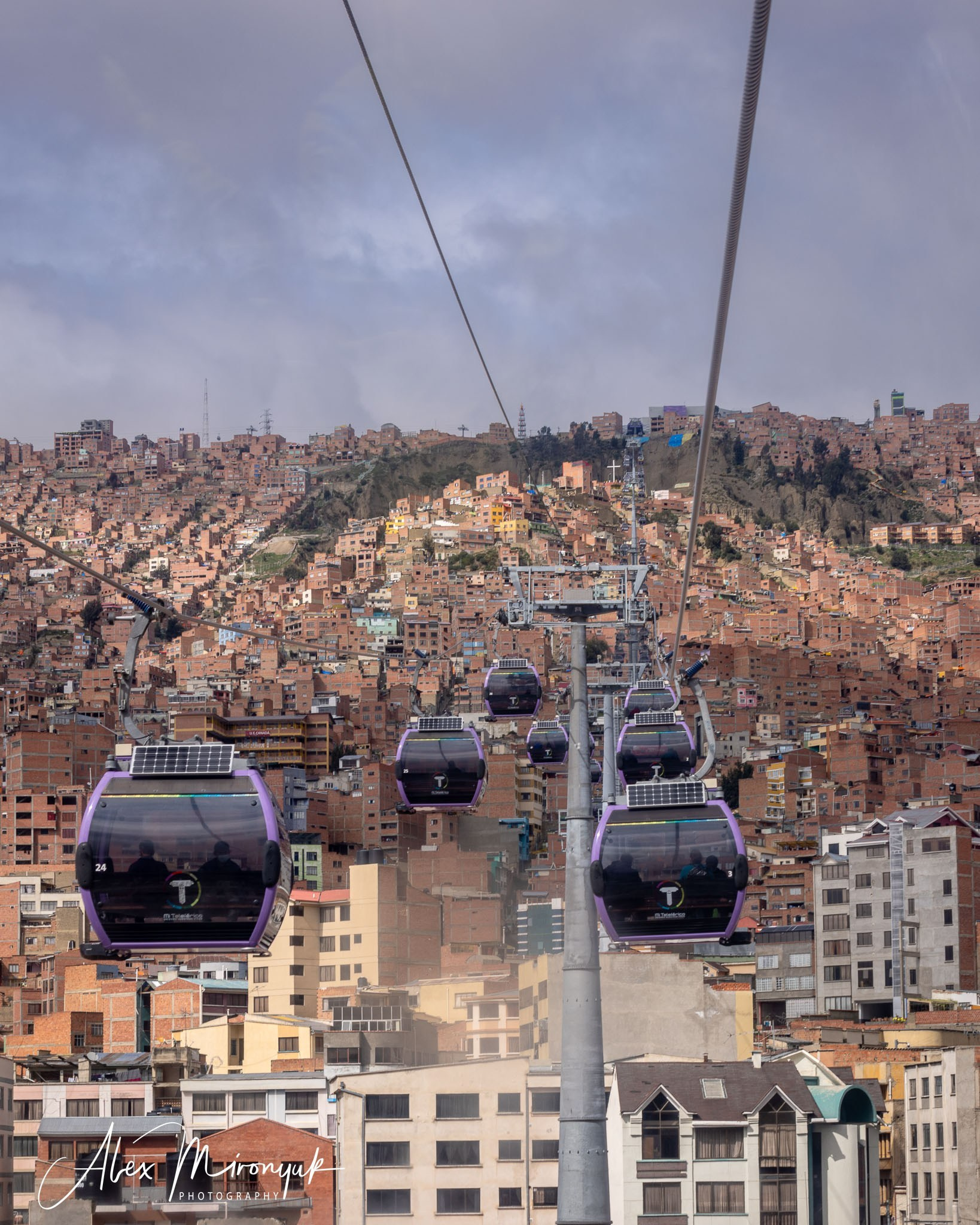
Payment schedule and cancellation policy:
The total price for the trip is an early bird — $ 3,600.00 before 07/01/2024; after that date, the price is $3,800.00
A deposit of $ 500.00 is due during sign-up to reserve a space for this trip.
Single Lodging upgrade + $650.00
Cancellation Policy — Your deposit is fully refundable for up to 60 days before the trip starts (January 16, 2025). If you decide to cancel your trip after that date, your deposit becomes non-refundable.
The final balance is due by January 16, 2025. Full payment is due at this time, and there will be no refunds on the total amount owed if you cancel after the final price. However, if we find another client to fill your space, you will receive a full refund minus your non-refundable deposit.
If we cancel this trip— you will get a full refund.
What is included:
- Basic lodging (2-3 persons per room);
- Transportation (SUV);
- Meals are where it is specifically indicated in the itinerary.
- Oxigen on demand on the Bolivian Altiplano;
- Local English-speaking guides in Bolivia;
- Entrance fees to Bolivian National Parks;
- Expert instructions and guidance to a beautiful variety of Bolivian locations.
- An incredible, unforgettable experience, full of adventure with amazing people and loads of great photos!!
What is NOT included:
- Visas to Bolivia (US citizens have to have a visa to visit Bolivia);
- Airfare to Sucre, Bolivia;
- Transfer from Sucre Airport to a hotel;
- Airfare from Uyuni, Bolivia;
- Tips to our local guides;
- Meals and snacks;
- Medical Insurance & Incidental Costs.
Here are some pictures that represent how simple lodging looks in Bolivian hostels & refuges
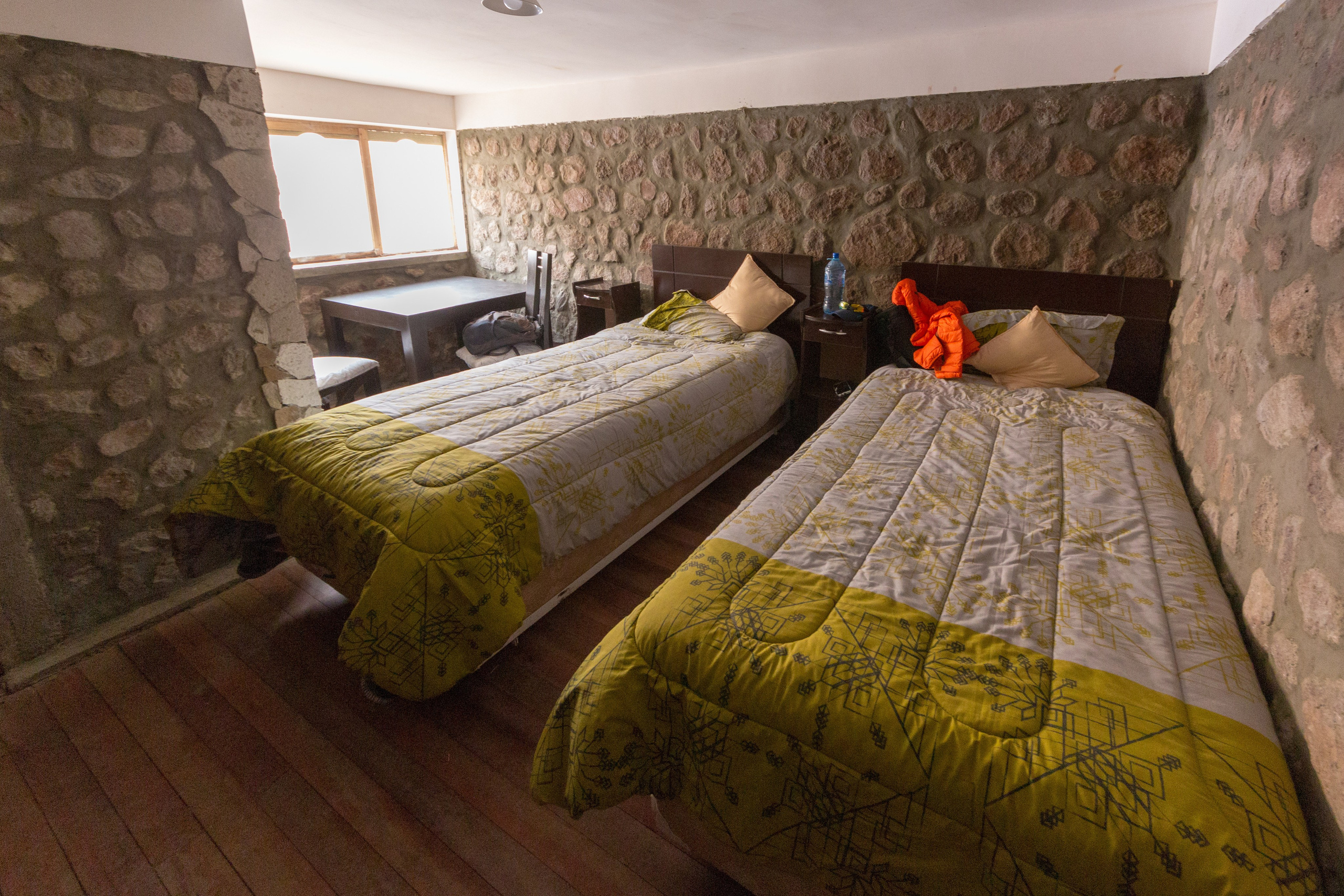

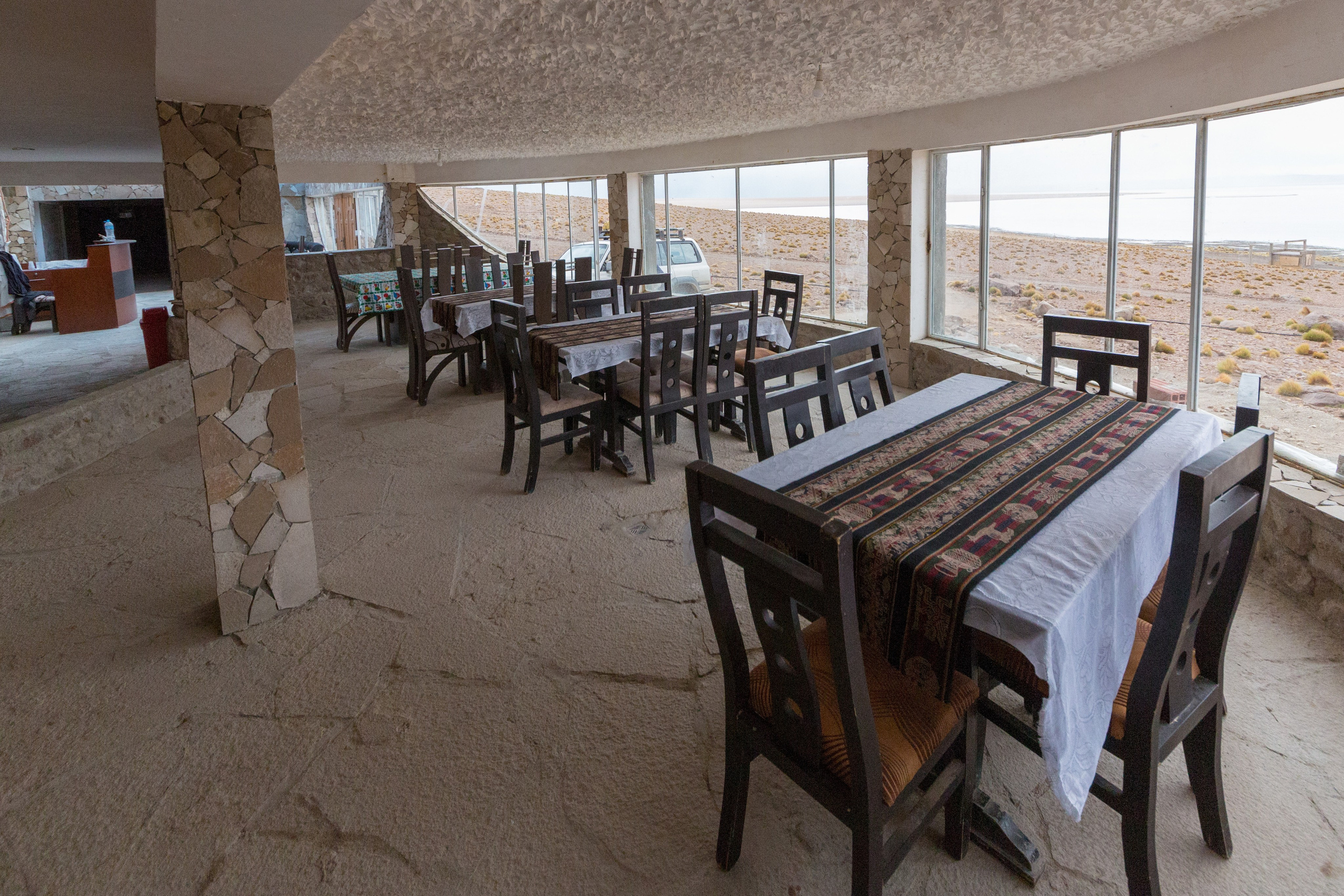
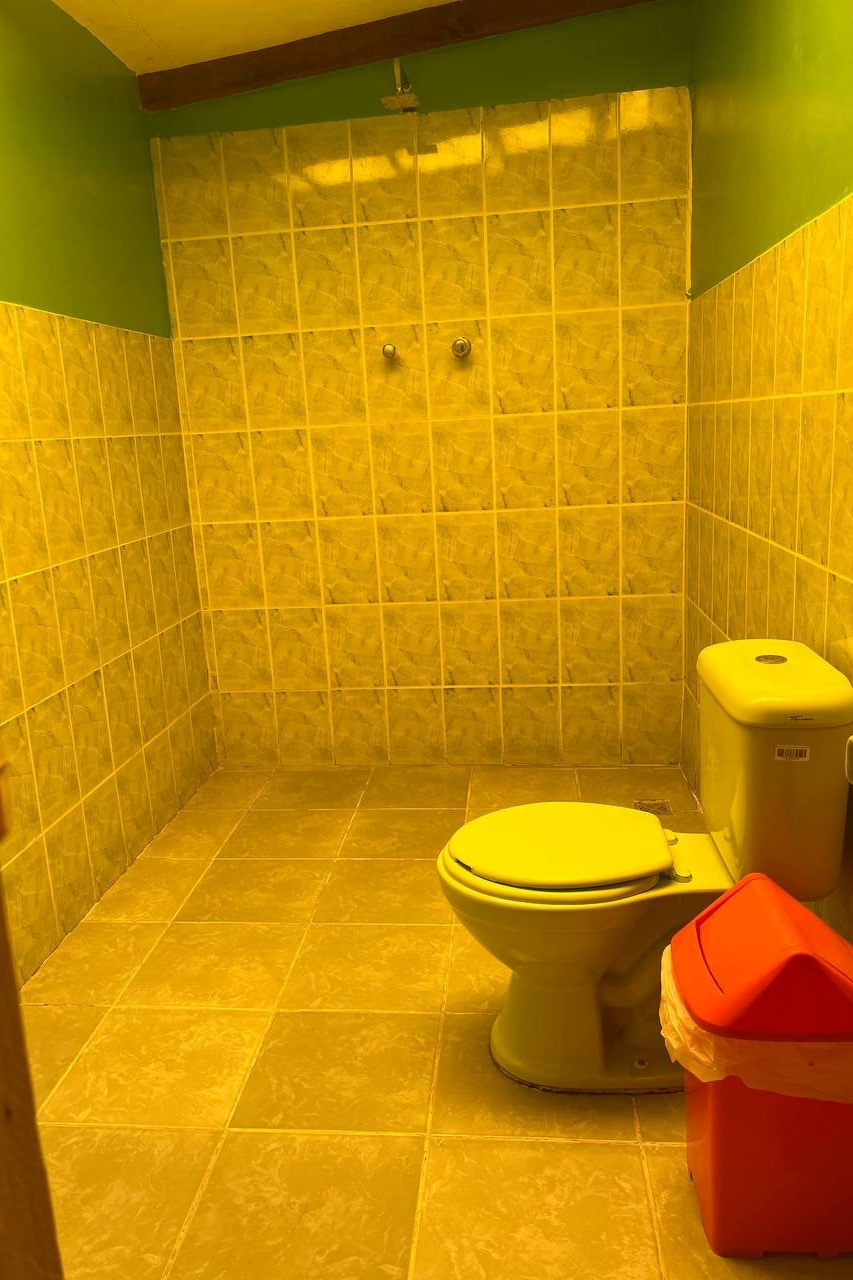
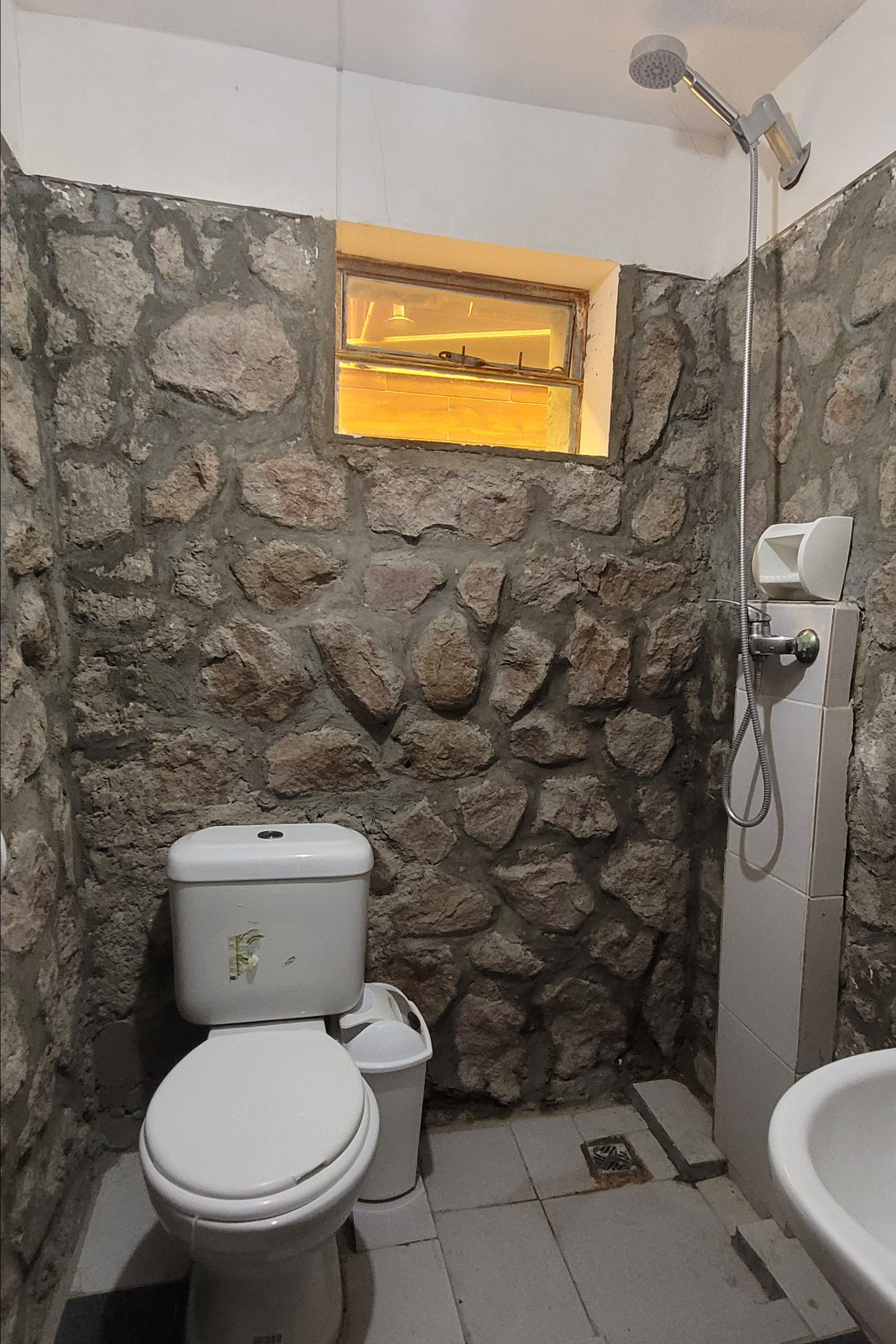
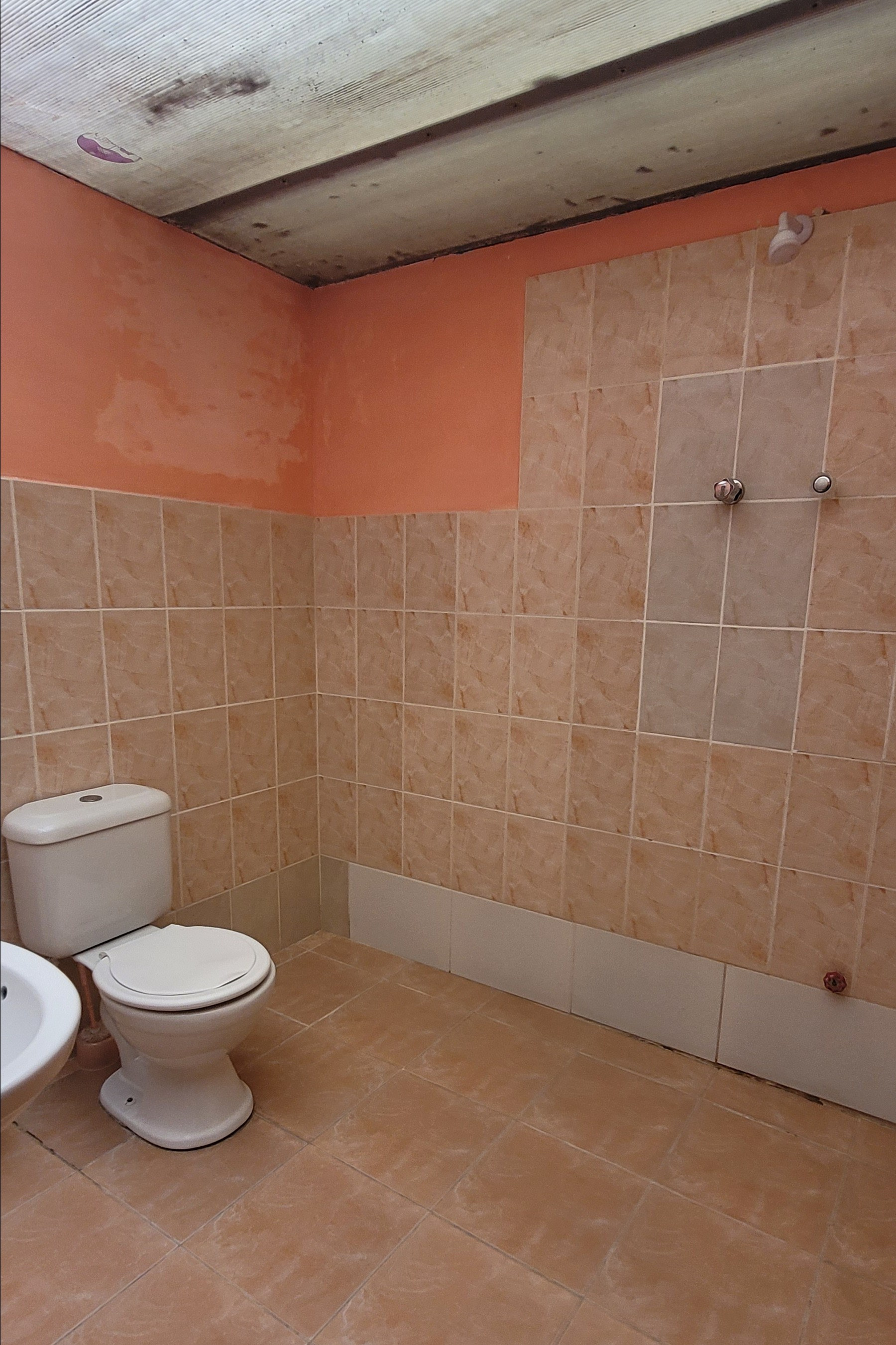
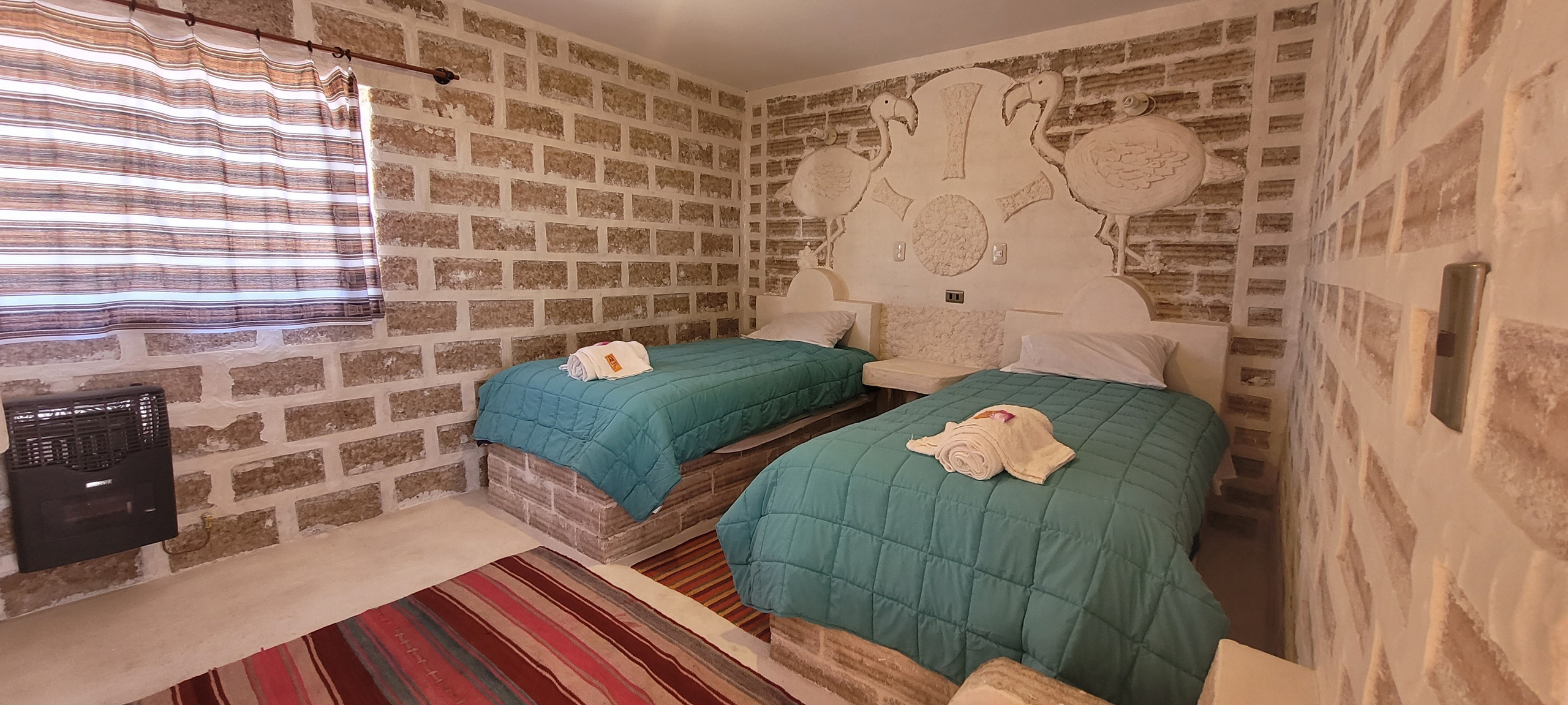

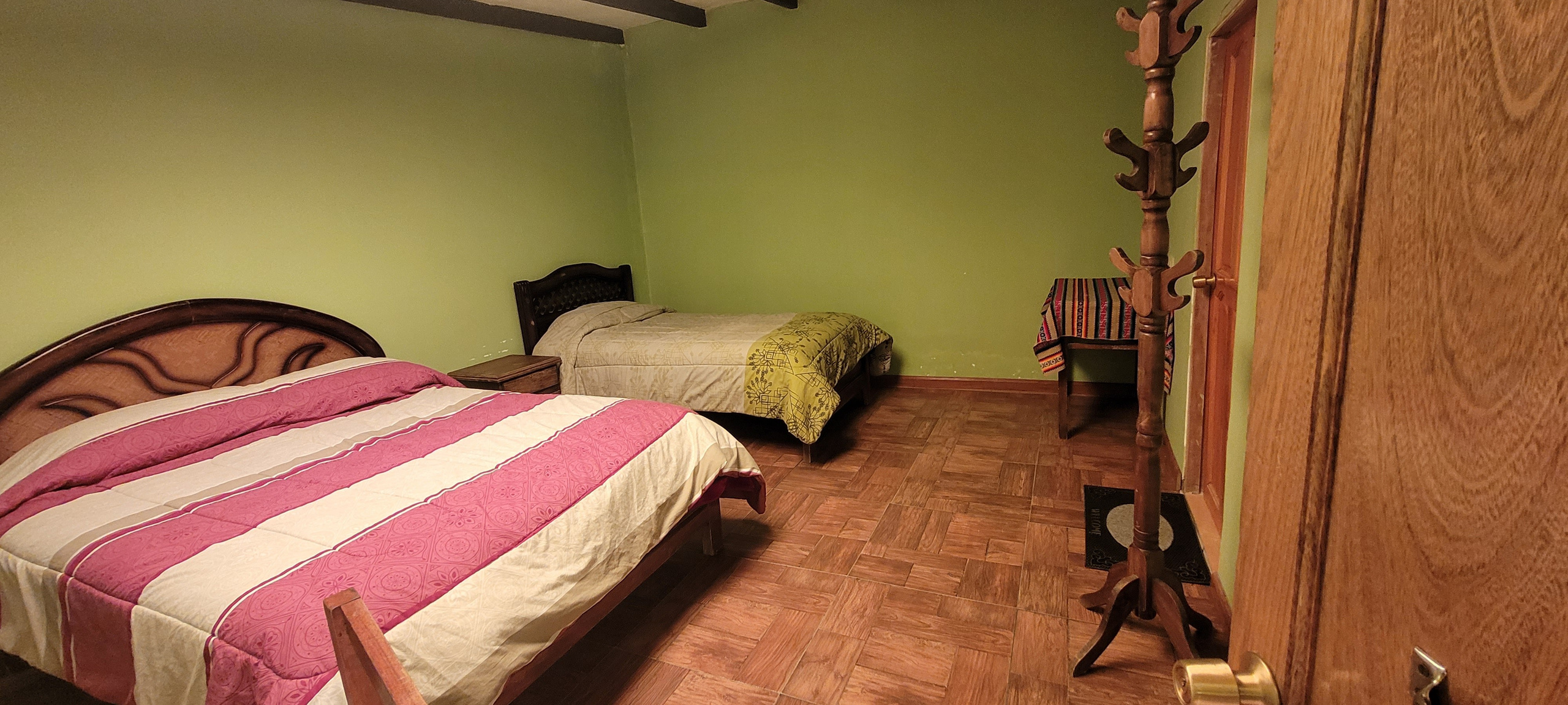
Recommended Photo Equipment:
- Camera (DSLR or Mirrorless) W/Extra Batteries And Memory Cards
- Drone if you have one (it would be possible to use it)
- Tripod with a ball head (leveling base is optional but very helpful to take a panoramic shot)
- Shutter release
- Wide to a standard zoom lens, with their lens hoods (I carry 16-35mm and 24-70mm lenses)
- Telephoto zoom lens for wildlife shots or for extraction and abstract scenes (I use 70-200mm and 150-600mm lenses)
- Circular polarizer filter to remove glare from the water (it’s OK if you do not have one)
- Graduated neutral density filters (if you use them)
- Rocket blower and microfiber cloths for keeping glass surfaces dry and clean
- Most importantly — a great attitude!
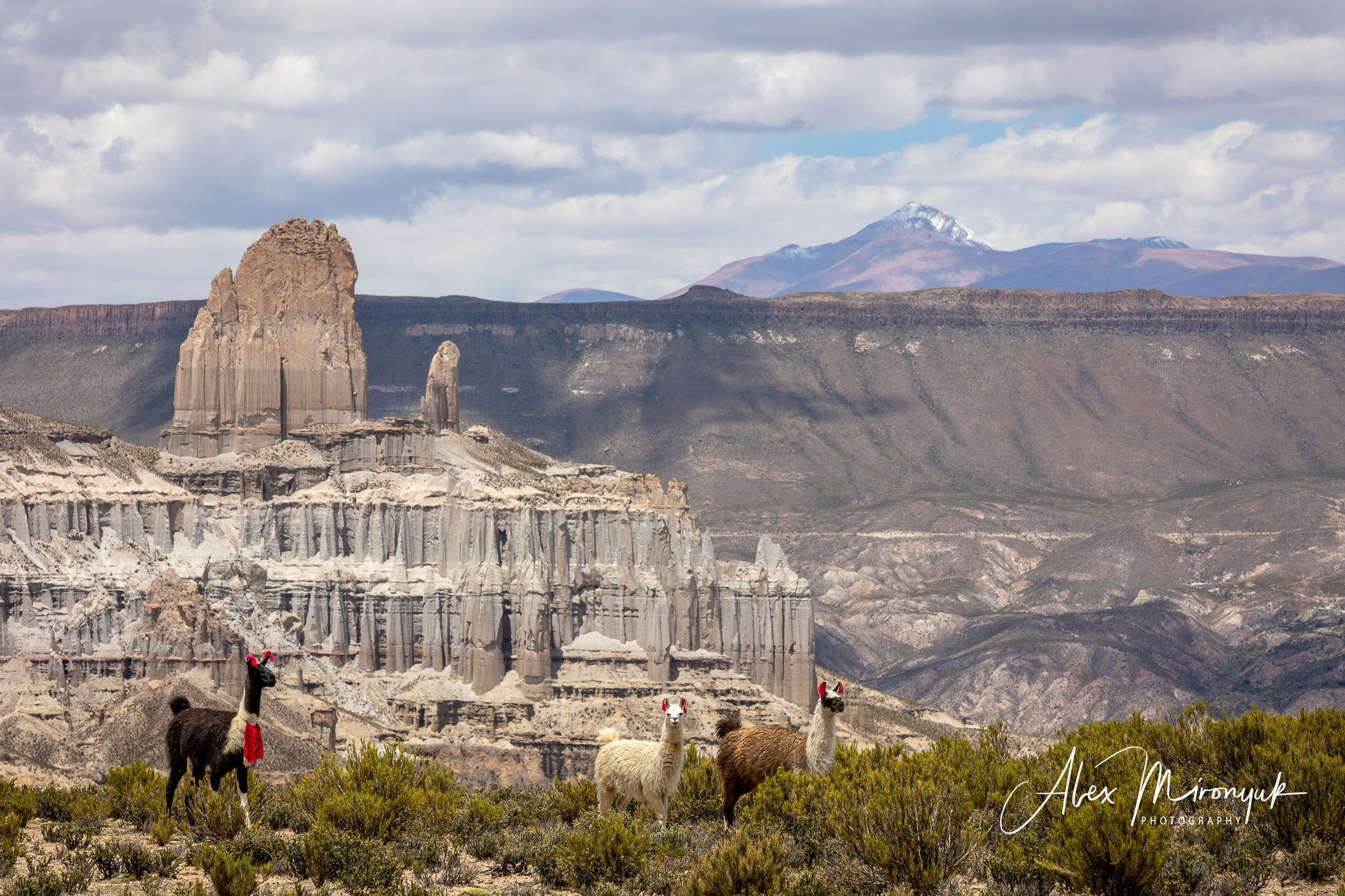
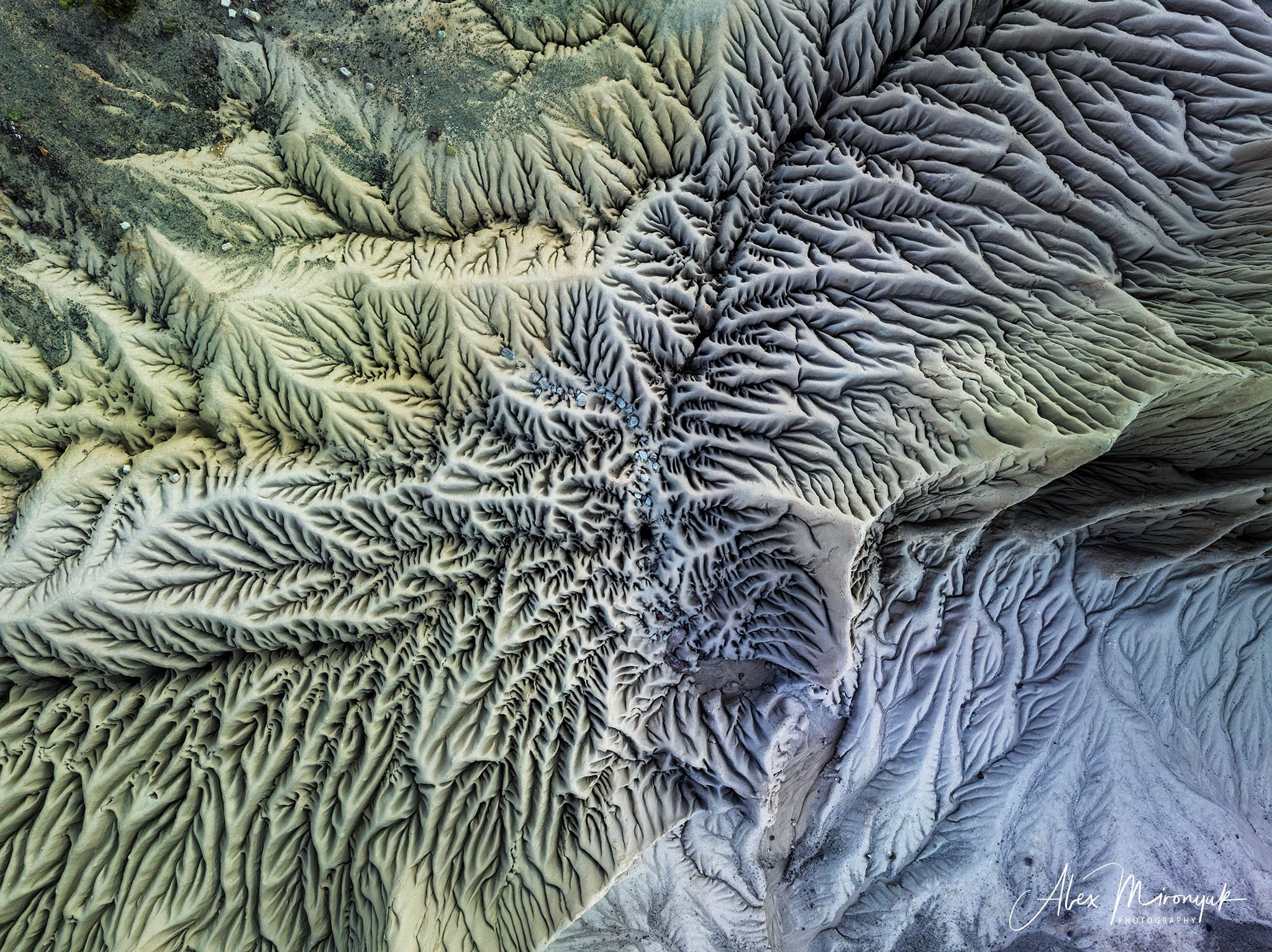
Recommended Personal Gear:
- Flashlight or headlamp
- Rain jacket and pants
- Fleece & Down jackets
- Waterproof hiking boots
- Extra warm clothing for possible cold weather conditions, including long underwear, hats, and gloves
- Sleeping Bag (optional). All lodging facilities offer a pile of blankets at high altitudes so you won’t be cold at night. But this pile is significantly heavy (at least for myself). I feel more comfortable in a down sleeping bag.
- Backpack (bag) to carry photo gear.
How to Adjust to Altitude
1. Drink Lots of Water
As you gain altitude, your body tends to lose water and salt faster than you’re used to. When combined with the dry air and physical activity a trip to Bolivia usually involves, dehydration is no wonder a problem. Many of the symptoms of altitude sickness mirror those of dehydration, so consistently drinking water throughout the day goes a long way to getting you acclimatized quickly.
2. Reduce Your Exercise
As you gain elevation, the air gets thinner, so each breath you draw contains less oxygen. Over time, your body strengthens and adjusts to accommodate this, which is why endurance athletes often train at extremely high altitudes in places such as Peru or Nepal. In the short term, however, your cardiovascular system is working harder. Each breath contains less oxygen, so each heartbeat contains less oxygen, making your heart beat faster. In other words, your body works harder to do the same thing you would at sea level. In order to give your body time to adjust, it’s best to take it easy for a few days when you first get to 5,000+ feet. After a few days of moderate activity, you’ll be ready to ramp back up to full throttle.
3. Get Enough Sleep
One of the symptoms of altitude sickness is insomnia, so it can be hard to get enough rest. However, a good night’s sleep can do wonders to help you kick the problem. One common suggestion is descending to a lower elevation (if possible) to sleep at night. If this isn’t an option, it’s best just to push on and get through the first few days of acclimation. Don’t underestimate the power of a little cat nap if you can sneak one in during your day!
4. Limit Your Alcohol Intake
Alcohol hits a lot harder when you’re trying to acclimatize, so the best thing you can do is take it easy and not drink your first few nights in town. Alcohol often replicates many of the symptoms of altitude sickness (nausea, dizziness, fatigue, light-headedness), so it’s a bit like doubling down on your body in terms of a negative impact. Another reason to lay off on drinking is the general challenge of staying hydrated while acclimatizing to a higher altitude. Alcohol dehydrates you, so consuming it only worsens your hydration situation. Your safest option is waiting 48 hours before you hit the bars. After this period, you should be acclimatized enough to handle the effects of drinking at altitude.
5. Increase Your Potassium Levels
Potassium loss is a standard symptom if you’re feeling dehydrated from the dry air at elevation. It can be a major pain — literally. Muscle cramping is commonly associated with low potassium levels. Fortunately, it’s an easy nutrient to replace. Foods like bananas, avocados, spinach, yogurt, and kale are all high in potassium, so getting enough without supplements shouldn’t be too hard (even for the pickiest of picky eaters).
6. Protect Yourself From the Sun
At altitude, the air is thinner, and as a result, there’s more exposure to the sun.
With this in mind, sun protection is an absolute must:
– Carry and use sunscreen at all times (the higher SPF, the better!)
– Use a lip balm with SPF in it — don’t be the one to forget about your lips
– Invest in a comfy pair of sunglasses you can wear all-day
– Get a wide-brimmed sunhat that covers your face, neck, and ears
7. Consume More Calories
Because of the reduced number of oxygen molecules in the air, your body works much harder to keep everything working. As such, it needs a lot more fuel. A high-calorie diet combining complex carbohydrates, proteins, and fats will help keep you full and your body running smoothly. Surprisingly, a Snickers bar is one of the best foods you can eat while you’re at a high altitude. The combination of sugar, fat, and protein makes these tasty morsels perfect to keep you going all day long.
8. Consider Taking Acetazolamide
Acetazolamide is a drug that helps treat altitude sickness by fixing the chemical imbalance caused by ascending to a high altitude too quickly. Common side effects are mild, for example, needing to urinate more often, and people generally have a positive experience with acetazolamide. Make sure to ask your doctor for their opinion before you take anything, and start taking it a few days before your trip to prepare.
Questions? Please get in touch with me at (386) 627-1449 if you have any questions or message me.
A follow-up email will be sent to registered participants with schedule details, recommended gear, and a liability release.
